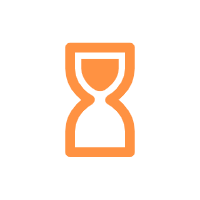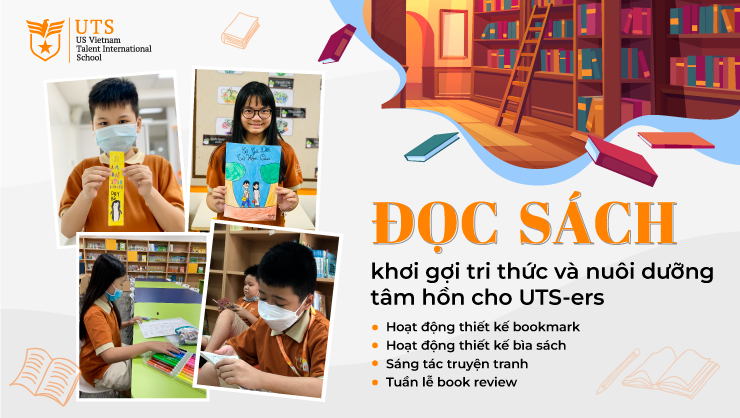
UTS - Growing talent with care
We are dedicated to help students feel safe, cared for and respected as they embark upon their educational journey with UTS.
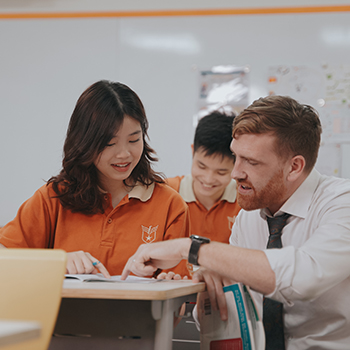
UTS - Growing talent with care
We are dedicated to help students feel safe, cared for and respected as they embark upon their educational journey with UTS.

UTS - Growing talent with care
We are dedicated to help students feel safe, cared for and respected as they embark upon their educational journey with UTS.

UTS - Growing talent with care
We are dedicated to help students feel safe, cared for and respected as they embark upon their educational journey with UTS.

- Why UTS
- Admission process
- Admission registration
- Enrollment registration
- Fees schedule and policy
- Financial package
- FAQ
UTS students are always ready for the future full of changes
UTS puts effort into creating a learning environment that meets international standards, facilitating students to become global citizens.
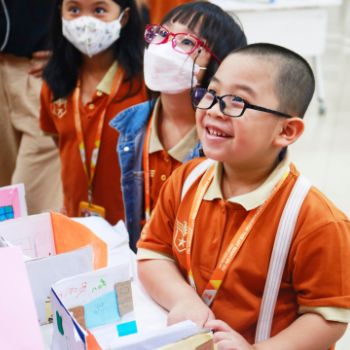
UTS students are always ready for the future full of changes
UTS puts effort into creating a learning environment that meets international standards, facilitating students to become global citizens.

UTS students are always ready for the future full of changes
UTS puts effort into creating a learning environment that meets international standards, facilitating students to become global citizens.

UTS students are always ready for the future full of changes
UTS puts effort into creating a learning environment that meets international standards, facilitating students to become global citizens.

UTS students are always ready for the future full of changes
UTS puts effort into creating a learning environment that meets international standards, facilitating students to become global citizens.

UTS students are always ready for the future full of changes
UTS puts effort into creating a learning environment that meets international standards, facilitating students to become global citizens.

UTS students are always ready for the future full of changes
UTS puts effort into creating a learning environment that meets international standards, facilitating students to become global citizens.

- High quality Learning and Teaching
-
Study pathway
-
Learning programs
- Social Emotional learning
- Summer program
-
Competency assessment
UTS students learn life-long lessons
Our programs are designed by the Academic council and the partnership with trustworthy educational institutions worldwide.
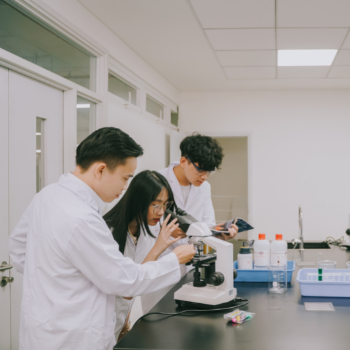
UTS students learn life-long lessons
Our programs are designed by the Academic council and the partnership with trustworthy educational institutions worldwide.

UTS students learn life-long lessons
Our programs are designed by the Academic council and the partnership with trustworthy educational institutions worldwide.

At UTS, every child is a talent
We believe talent is present in every child, which a dedicated educator can always realise.
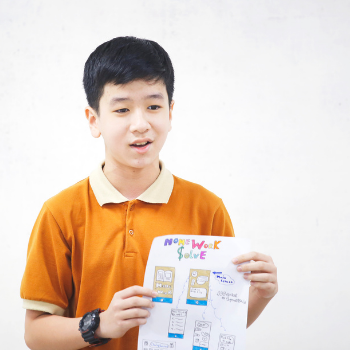
At UTS, every child is a talent
We believe talent is present in every child, which a dedicated educator can always realise.

At UTS, every child is a talent
We believe talent is present in every child, which a dedicated educator can always realise.

At UTS, every child is a talent
We believe talent is present in every child, which a dedicated educator can always realise.

At UTS, every child is a talent
We believe talent is present in every child, which a dedicated educator can always realise.

A child needs at least one adult not leaving them behind
UTS is an engaging community where educators, parents are caring trustworthy friends and guiders of every student.
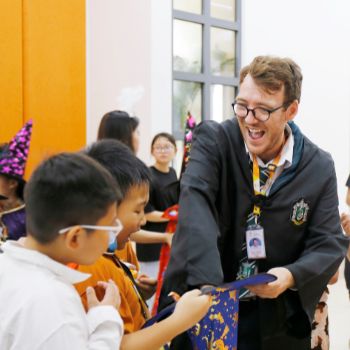
A child needs at least one adult not leaving them behind
UTS is an engaging community where educators, parents are caring trustworthy friends and guiders of every student.

A child needs at least one adult not leaving them behind
UTS is an engaging community where educators, parents are caring trustworthy friends and guiders of every student.

We care all aspects affecting a child’s development
We bring an educational environment where all aspects of a child is genuinely cared.
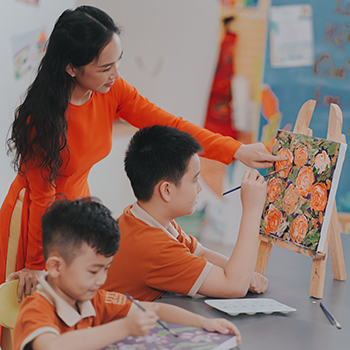
We care all aspects affecting a child’s development
We bring an educational environment where all aspects of a child is genuinely cared.

We care all aspects affecting a child’s development
We bring an educational environment where all aspects of a child is genuinely cared.

Learning days at UTS are filled with excitement.
UTS students grow through various teaching and learning activities. This nurtures natural, sustainable learning motivation for students.
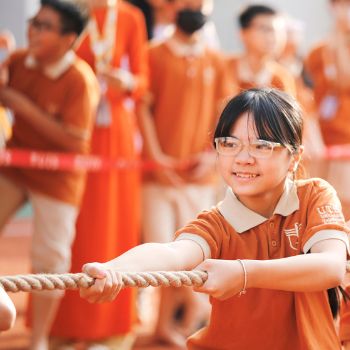
Learning days at UTS are filled with excitement.
UTS students grow through various teaching and learning activities. This nurtures natural, sustainable learning motivation for students.

Experiential Learning: When learning is not only from book
TIN TỨC
23/06/2022

At UTS we believe that every kid is a "unique seed" who deserves to grow up in his or her own way. We understand that our students need to be given the opportunity to learn in a way that is suitable for them while also respecting the differences in styles from our peers. Besides, not everyone is keen on traditional learning method.
This motivate UTS to apply the "Experiential Learning"(ExL) to the curriculum, providing an alternative to traditional learning models, and here we will share many highlights of the "Experiential Learning" method with parents and students.
1. What is Experiential Learning?
At its simplest, experiential learning (ExL) is the process of obtaining information and learning through experience, and can be further stripped down to simply be “learning through reflection on doing” (Patrick 2011: 1003).
Unlike the " hands-on learning ", ExL formally requires reflection, whereas hands-on learning is simply the act of doing something. ExL theory is different from other theories of learning, such as cognitive and behavioral learning, insofar as it is a much more holistic approach. It takes into account all of our experiences in our learning, including emotions, cognition, and environmental factors. It advocates for more depth in learning, rather than surface-level learning. Surface-level learning involves things like studying for an exam or memorizing information from a textbook – often this information is not retained well and is easily and commonly forgotten after the test. In contrast, deep learning typically involves learning a topic from multiple angles and approaches, from reading and experimenting to role-playing and discussion.
2. How the ExL model works?
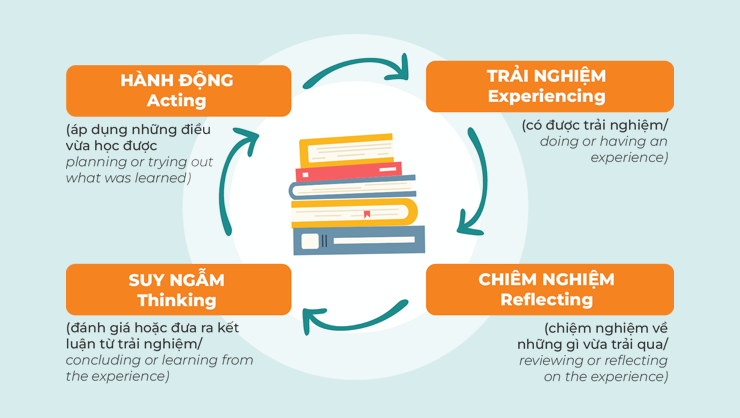
Operational model of the "Experiential learning" method
2.1: Experiencing:
This can be a completely new experience or a re-imagining of an experience that has already happened. In each specific experience, you will each participate in an activity. The key to learning is involvement. If students just read about it or watch it in action, it is not enough for them to really understand the problem and write it in long-term memory.
2.2: Reflecting:
This stage in the learning cycle allows the learner to ask questions and discuss the experience with others. Communication at this stage is vital, as it allows the learner to identify any discrepancies between their understanding and the experience itself.
2.3: Thinking:
Students have space to reflect on the experience by contemplating their own knowledge or discussing with peers. This involves interpreting the experience and making comparisons to their current understanding on the concept. Concepts need not be “new”; students can analyze new information and modify their conclusions on already existing ideas.
2.4: Acting:
Students return to participating in a task, this time with the goal of applying their conclusions to new experiences. They can analyze tasks and predict the results. By allowing students to put their knowledge into practice, they are ensuring that the information is retained in the future.
3. What are the benefits of Experiential Learning?
“There are two goals in the experiential learning process. One is to learn the specifics of a particular subject, and the other is to learn about one’s own learning process.”
Experiential learning has a number of significant teaching and learning advantages. Overall, the following are some of the biggest benefits of Experiential Learning:
- Increased room for creativity in the classroom, both for teachers and learners.
- Allows learners to learn from their mistakes.
- It encourages reflection and introspection.
- It makes it easier to grasp difficult or abstract concepts.
- It prepares young learners for future experiences and adult life, creating lifelong skills needed to approach the modern world.
Teachers utilizing the method have observed improved attitudes toward learning.
4. How can UTS apply Experiential Learning to the curriculum?
"I hear and I forget. I see and I remember. I do and I understand". – Confucious
At UTS, we believe in the power of Experiential Learning. because we have seen it work with our students. We always integrate ExL into the curriculum including the National Program and the International Program.
In the primary school, our students have discovered experiential learning in a number of different ways. On the non-academic side of things, the Oxford International Curriculum focuses on well-being, where the students learn the value of having a healthy mind and body.
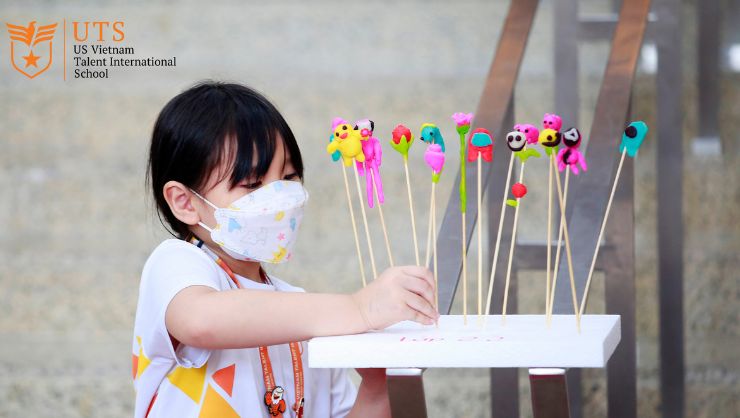
Project "Tò he ơi!" of Primary school students
- In terms of having a healthy body, the students learn how to play sports, get advice from their coach or PE teacher, then improve themselves on a day-to-day basis. They learn about meditation and centering their minds, then practice meditating to boost focus and become more at peace with themselves. The students took the theory they learned in the classroom and brought it to their real lives, learning the value of a healthy mind.
- Academically, we see the students learn about the importance of having healthy diets, then create their own simple recipes on paper and then actually try to make the recipes themselves, and finally present their findings to their classmates. We see all the different stages in action here – learning and gaining theoretical knowledge from the classroom, creating their own ideas, putting them to the test and finally going back to the design board to redo their recipes and make something new and even tastier.
In the secondary school, "Experiential Learning" is focused on integrating into science subjects such as Biology, Chemistry, etc. Students experience practical phenomena and things to grasp knowledge in the most effective way.
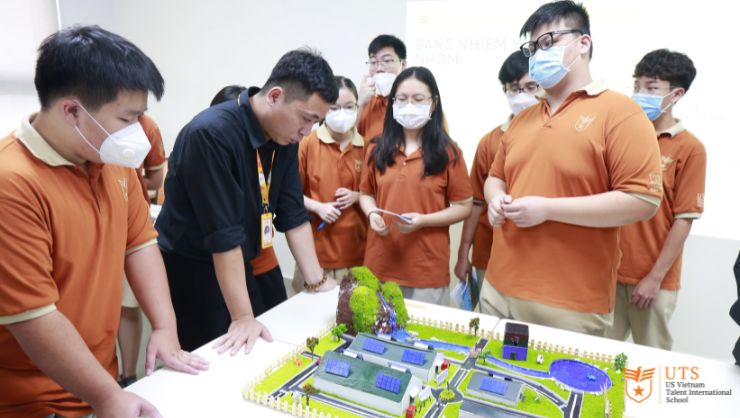
Geography Class: Project "Designing Industrial Parks"
They do not need to remember the location of the organs in the textbook drawings, but instead the actual observation of the animal's body. This not only helps students remember for a long time but also understands the activities of each organ. Another example is for Chemistry, students are allowed to do experiments to observe the phenomenon in a specific way instead of just being known through paper-based chemical equations. Essentially, the students learn to connect the dots between reality and theory. This is further enhanced through both the STEM and Robotics classes, where the students undertake interdisciplinary subjects – Science, Technology, Engineering and Math – and mix them together to create new and innovative robots and designs to be able to understand why they’ve been learning about coding, physics and mathematics. They are able to troubleshoot their problems, discuss with peers and their teachers, then make amendments to their projects.

Finalist of STEM INNOVATION DAY 2021
CONCLUDING REMARKS
No matter who you are, whether you’re a teacher, student, or something completely different, experiential learning can be extremely valuable. It encourages the idea that learning is a lifelong process and that you don’t have to stick to traditional learning methods in order to develop personally or professionally. As 21st century learners, it is vital that our students take advantage of the opportunities to acquire information and knowledge in such a way that fits them and their respective learning styles, and we believe that Experiential learning provides the opportunities for students of all intelligences and learning styles to learn in a way that makes sense for them.
| TRƯỜNG QUỐC TẾ NAM MỸ UTS |
| Cơ sở 1 | UTS Van Lang Complex |
|
| Cơ sở 2 | Game bài đổi thưởng Mê đổi thưởng Campus |
|
| LIÊN HỆ |
|
Read this next
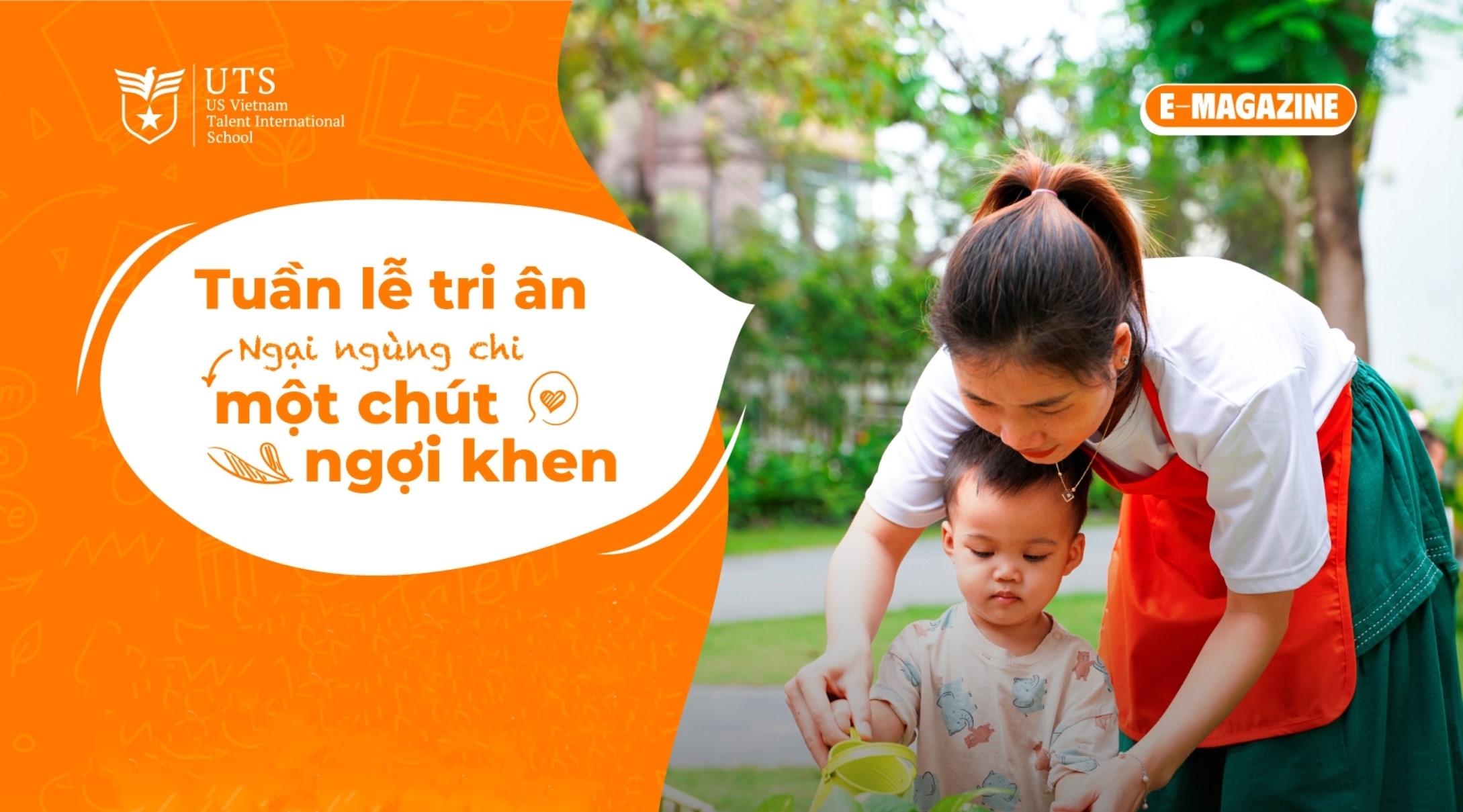
Appreciation week – Make others see the...
News
We understand that not only us who are trying the best on this journey, but our teachers are also doing the best with us every day.
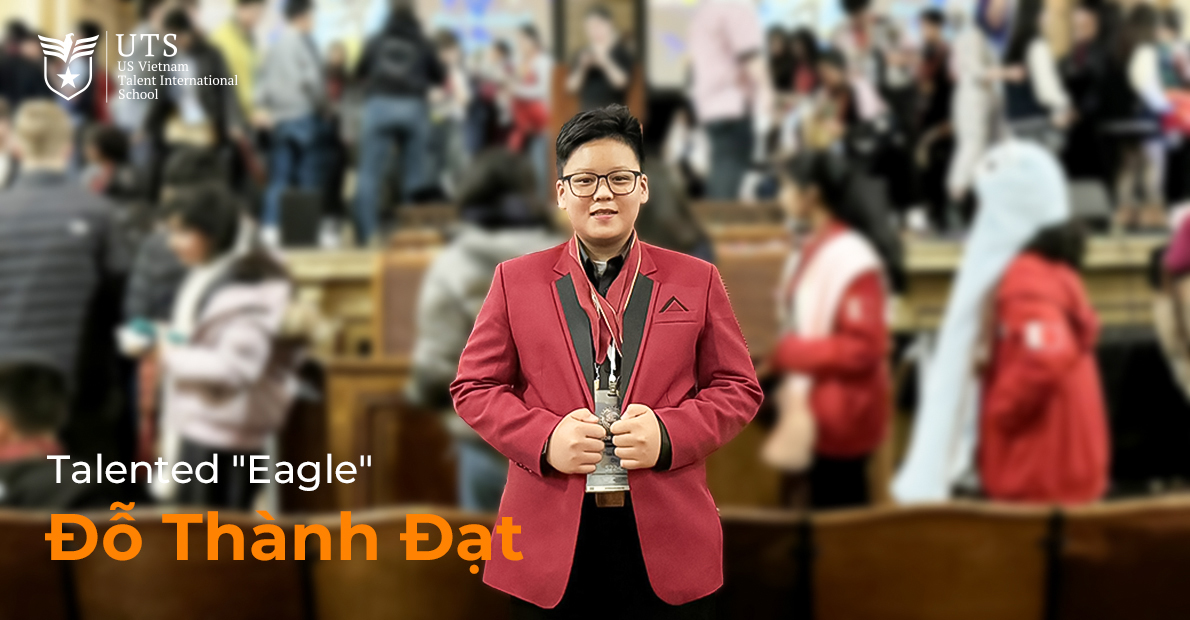
Human of UTS: Talented “eagle” Do Thanh...
News
22/11/2023
Bringing home two medals at the World Scholar's Cup, let's see about the development journey of "eagle" Do Thanh Dat at UTS!
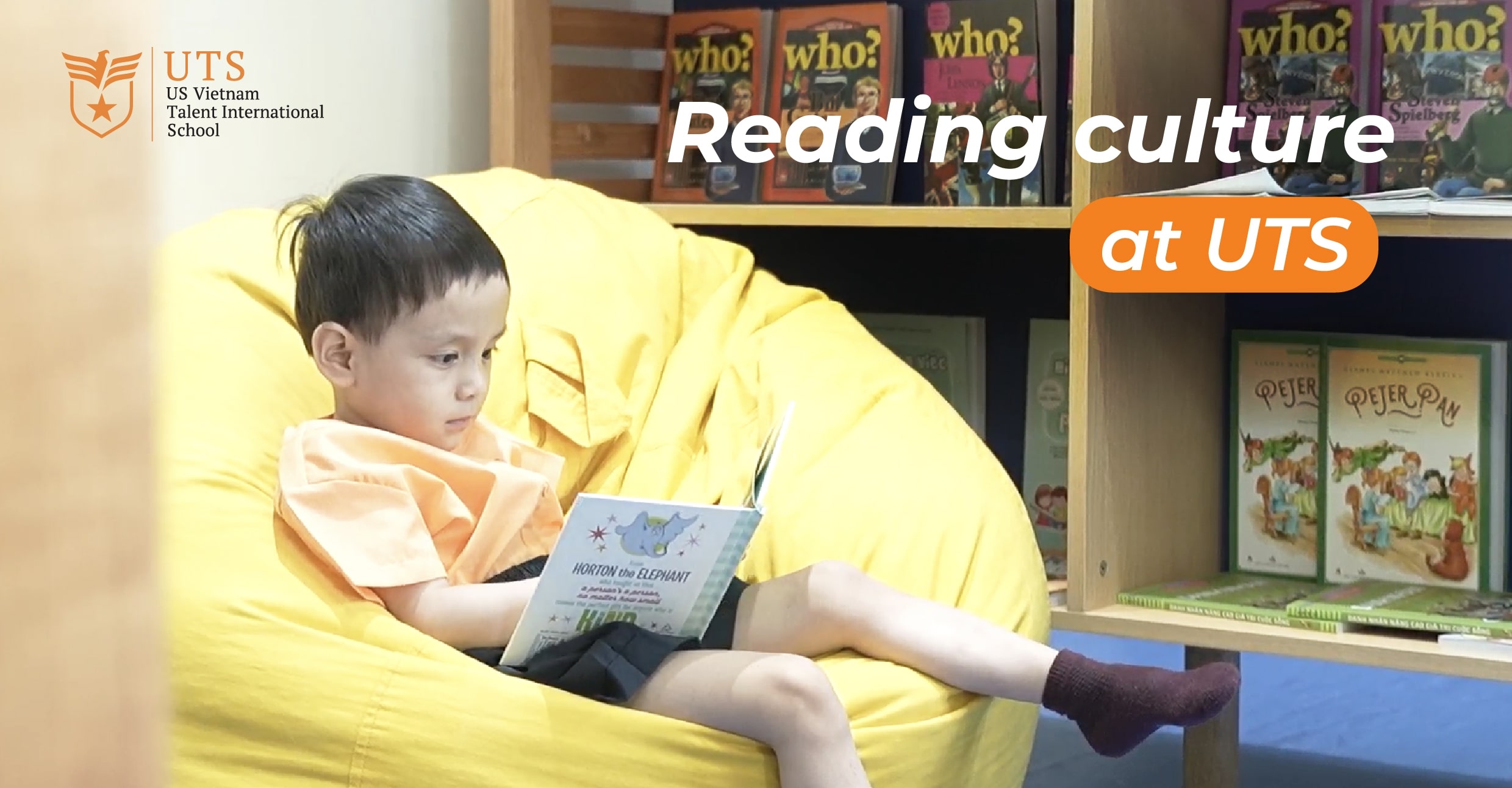
Reading Culture – The strong foundation of...
News
13/11/2023
What is reading culture and why do we need to focus on developing reading culture? How has UTS trained reading culture for students at school?

UTS Appreciation Week: Make others see the...
Events
16/11/2023
Each UTS educator is a caring "nurturer" with the mission of growing the students to be excellent in character and in learning.
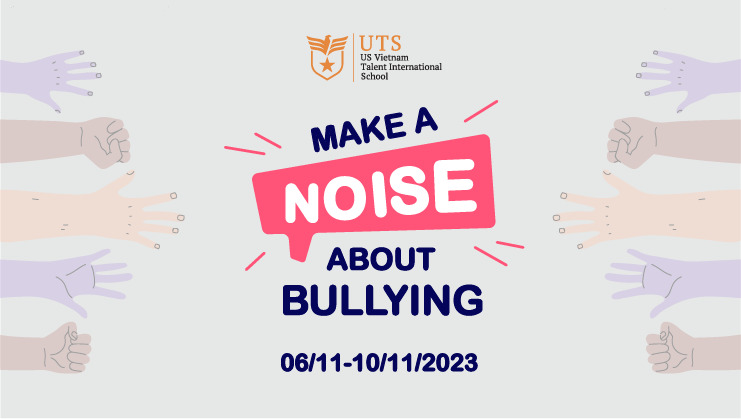
Anti-Bullying Week 2023
Events
06/11/2023
2023 theme "Make a noise about bullying" is an opportunity for students to use their voices and express their thoughts to prevent bullying...
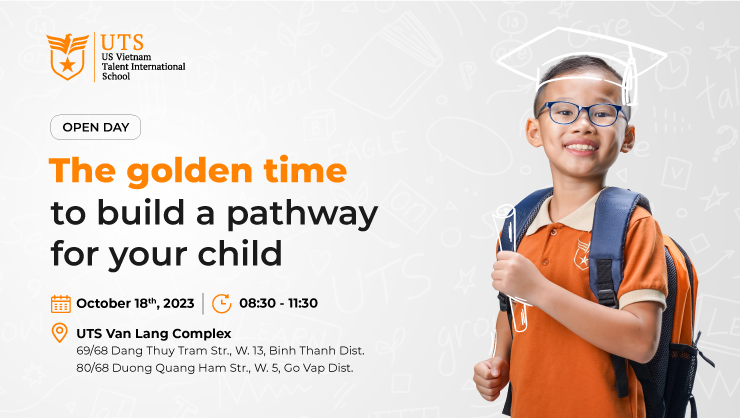
Open Day – The Golden Time To...
Events
18/11/2023
Kindergarten, Primary or High school, 4 years old, 6 years old or 16 years old, what will be the golden time to shape your child's future?
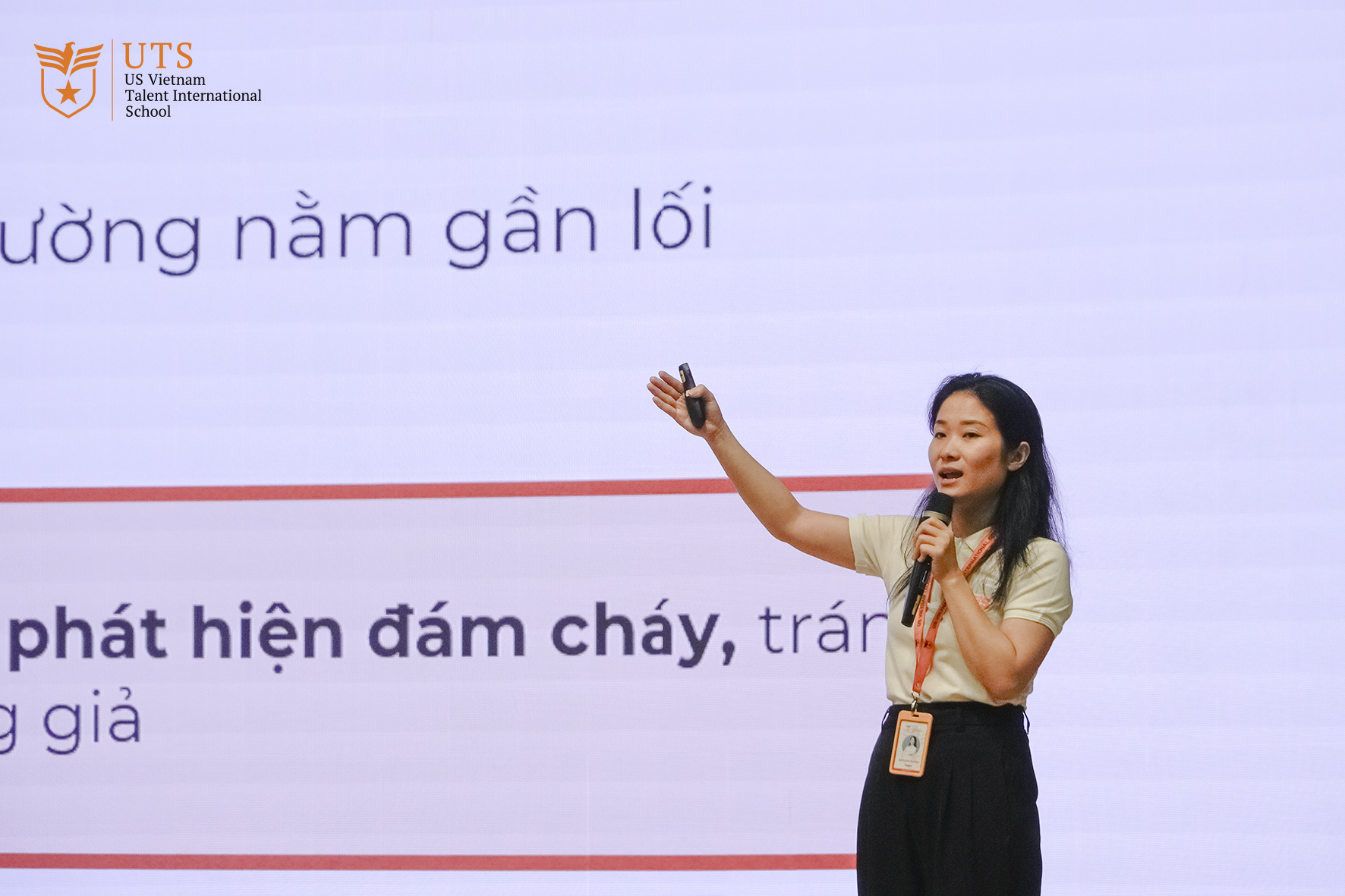
Training on Fire Prevention and Firefighting at...
News
26/10/2023
Equipping students with skills to protect themselves and to handle emergency situation is one of the top priorities at UTS.
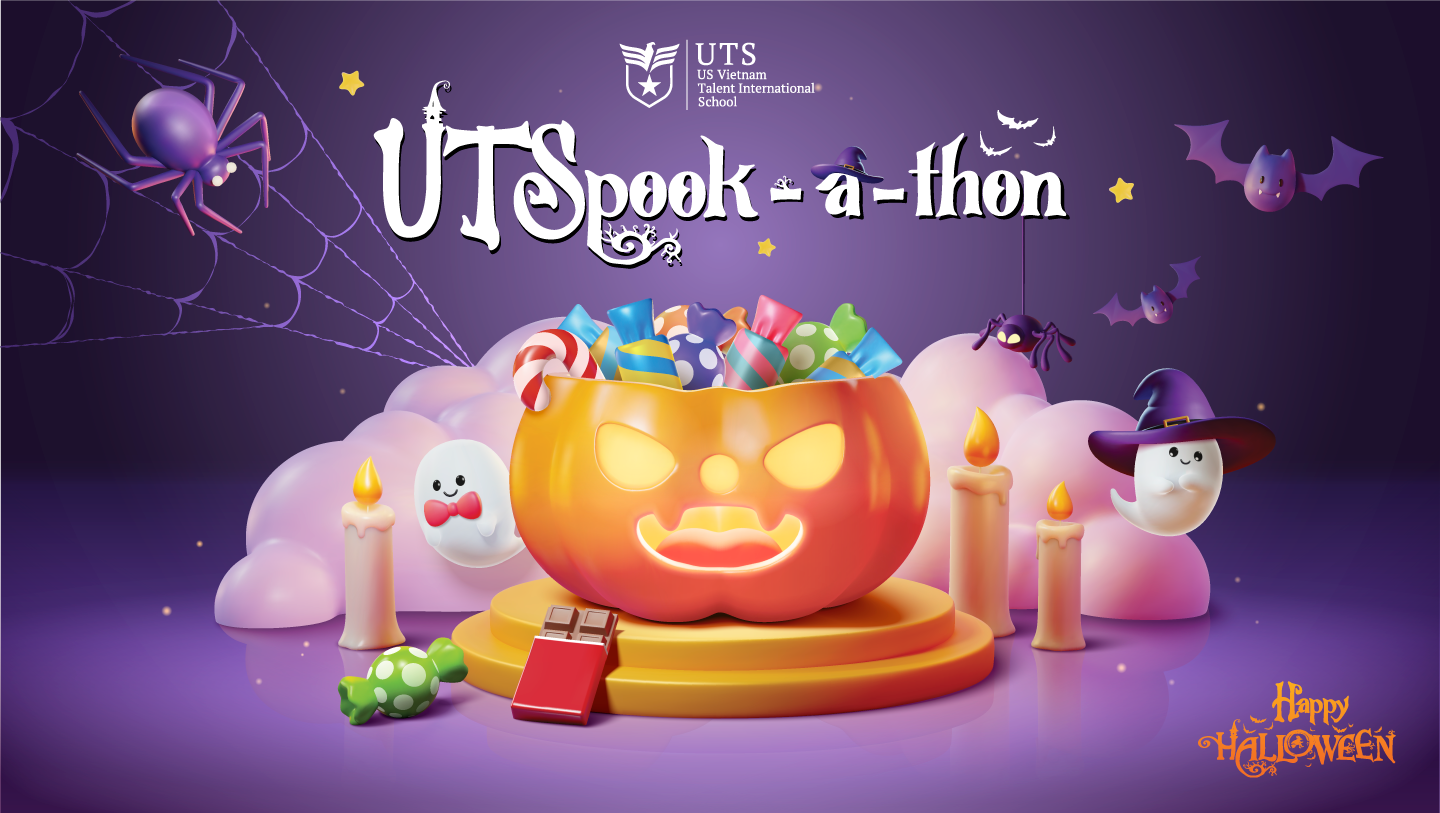
UTSPook-a-thon: Let’s get spooky!
Events
30/10/2023
UTS Halloween Festival called "UTSpook-a-thon" carries the meaning of a festive season with many interesting activities for students

UTSPook-a-thon: Let’s get spooky!
Events
30/10/2023
UTS Halloween Festival called "UTSpook-a-thon" carries the meaning of a festive season with many interesting activities for students.
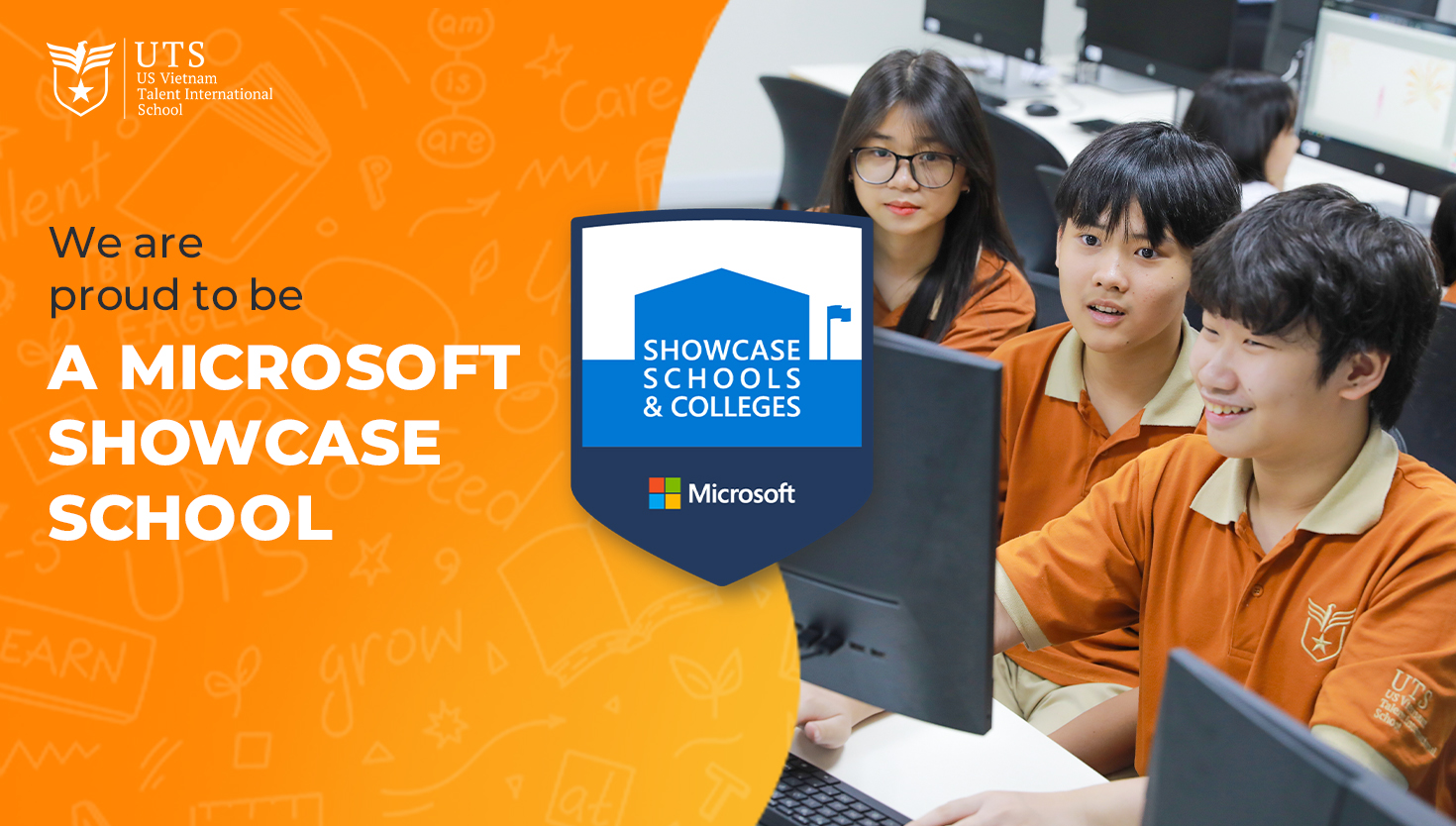
UTS Continues To Be Certified As A...
News
14/10/2023
UTS is proud to be marked the three consecutive years milestone in achieving Microsoft Showcase School....
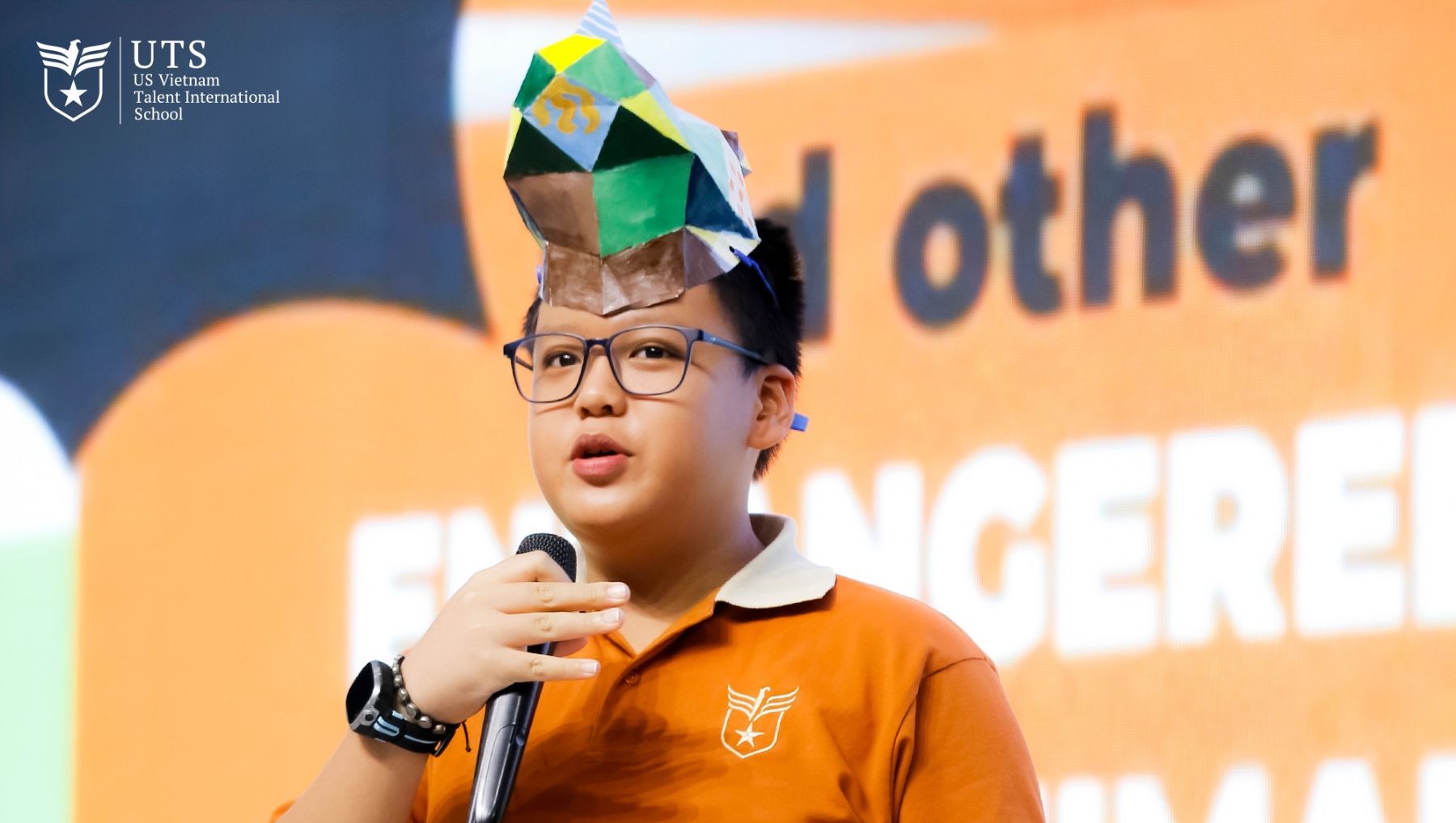
What a meaningful Saturday of UTS at...
News
07/10/2023
The UTS Community had a fantastic experience at UTS Van Lang Complex with a new friend named Rhino Ranger from Wild Rhino in the Rhino Day.
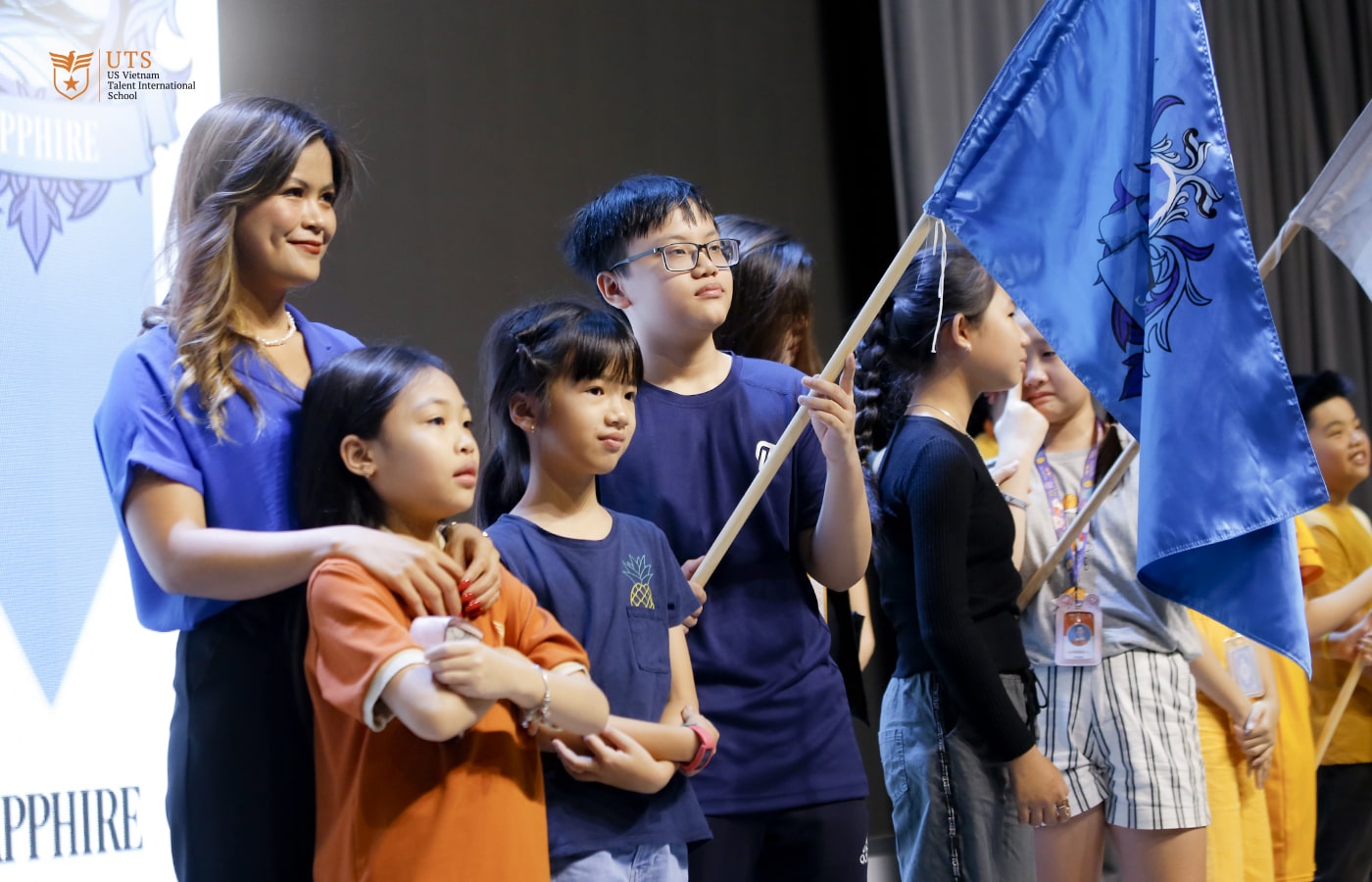
The House Kick-off Ceremony – Academic year...
Events
15/09/2023
The UTS House System is as an indispensable component of the school's commitment to delivering holistic education for the UTS Community.

The House Kick-off Ceremony – academic year...
News
15/09/2023
At UTS, each house is a unique color and has its own personality, representing six core values that we always uphold in all activities.

UTS x Wild Rhino: Protecting Rhinos and...
Events
07/10/2023
UTS collaborates with The Wild Rhino to organize Rhino Day: “Protecting Rhinos and other endangered wild animals”
Tết Trung Thu – UTS Full Moon-Moryy
Events
29/09/2023
Tết Trung Thu "UTS Full Moon-Mory" mang ý nghĩa của một mùa trăng tròn (Full Moon) đầy ắp kỉ niệm (memory), hạnh phúc và trọn vẹn...
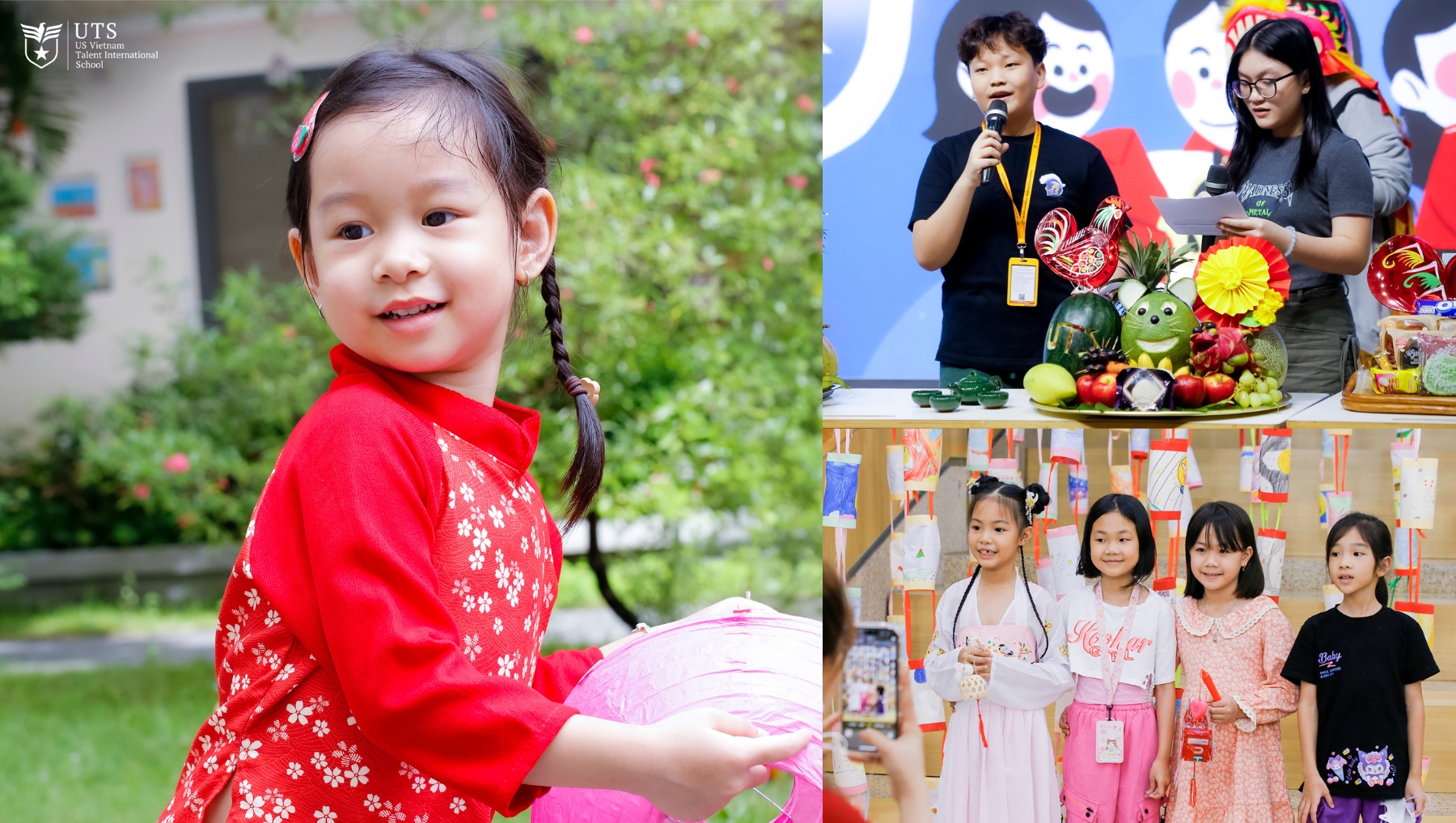
UTS Full Moon-mory: The moon is on...
News
29/09/2023
Our "UTS Full Moon-mory" symbolizes a Full Moon season filled with the most grateful memory by the beloved family and UTS community.
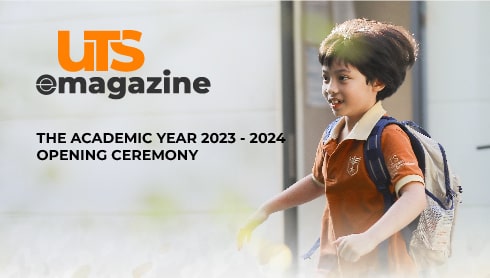
The Academic 2023 – 2024 Opening Ceremony
News
28/09/2023
The academic year 2023-2024, fulfilled with joy, has begun. Let's think bigger, learn happier, and grow together every day!

Mid-Autumn Festival – UTS Full Moon-Mory
Events
29/09/2023
UTS Ful Moon-mory symbolizes a Full Moon season filled with the most grateful memory by the beloved family and UTS community...
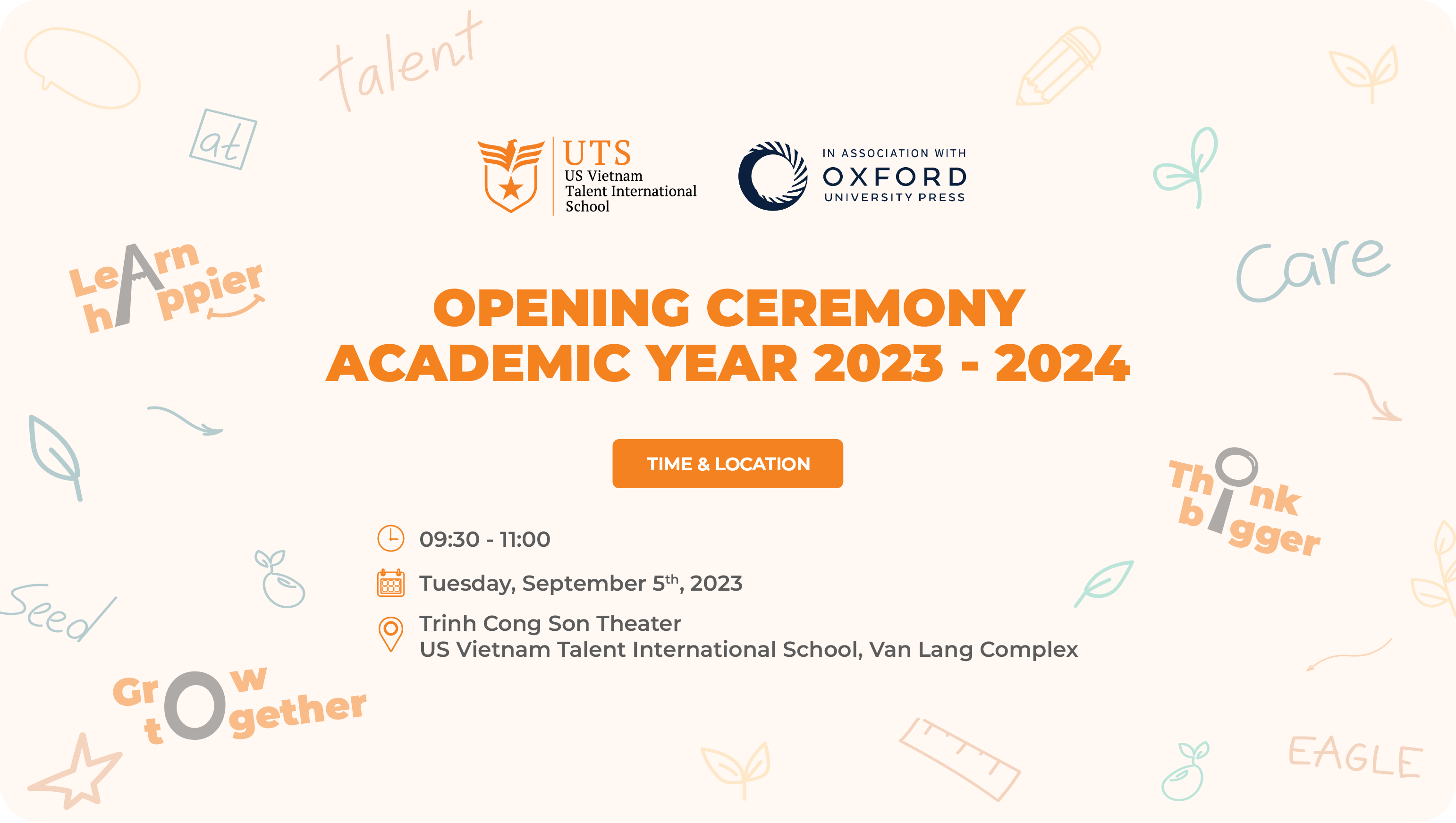
Opening Ceremony Of The Academic Year 2023...
Events
05/09/2023
Entering the 6th year of the “Growing talent with care”, the Opening Ceremony of academic year 2023 - 2024 will mark a proud milestone...

Mid-Autumn Festival – UTS Full Moon-Mory
Events
29/09/2023
UTS Ful Moon-mory symbolizes a Full Moon season filled with the most grateful memory by the beloved family and UTS community.
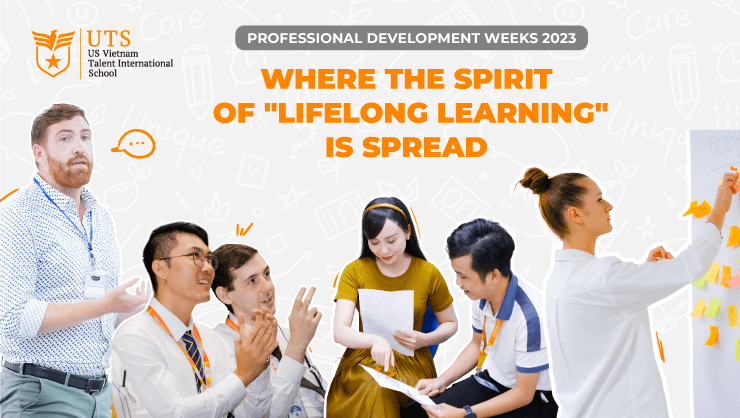
Professional Development Weeks 2023 (PD Weeks 2023)...
News
25/08/2023

The Back-To-School Day Of Academic Year 2023...
Events
21/08/2023
To welcome UTS-ers back to school, the “nurturers” have prepared remarkable surprises and meaningful imprints...
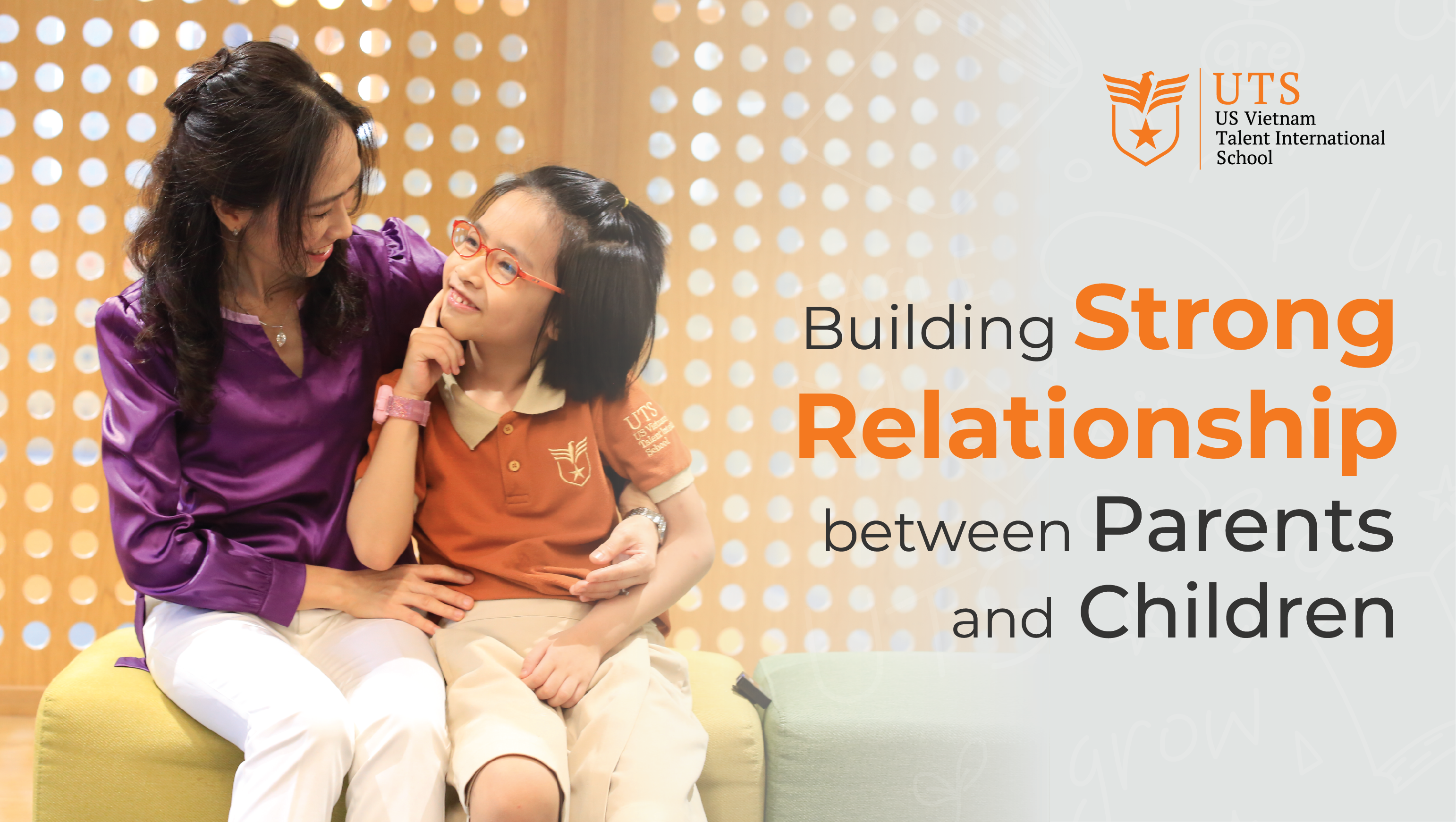
Do you know? How Does A Sentimental...
News
29/06/2023
%%sitename%% According to parents’ perspective, what is the root cause of making such a generation gap? Let's explore!
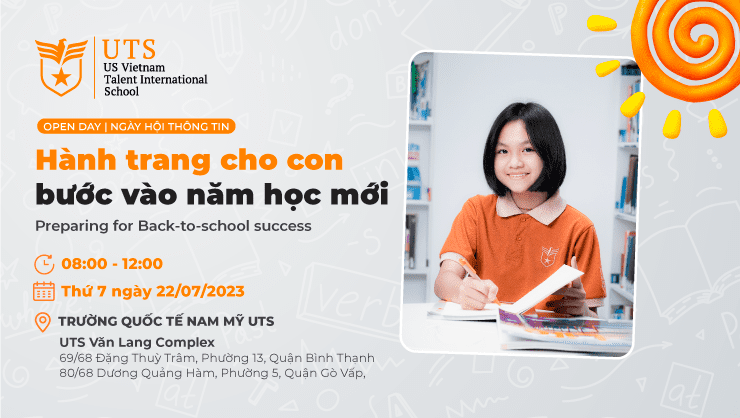
Open Day – Preparing For Back-to-school Success
Events
22/07/2023
Parents are cordially invited to attend the sharing session about important things to prepare in the upcoming new school year!
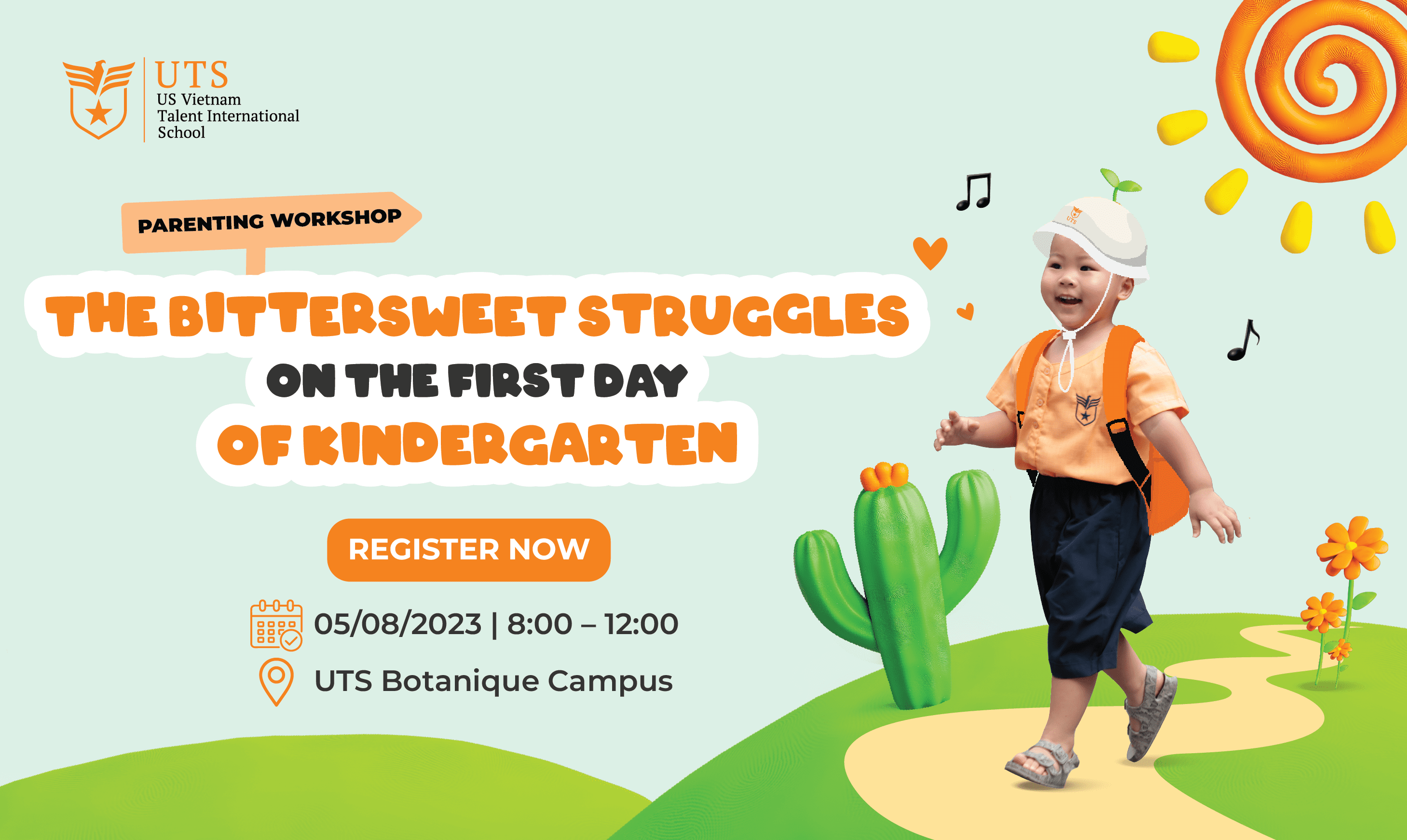
Parenting Workshop: The Bittersweet Struggles On The...
Events
13/07/2023
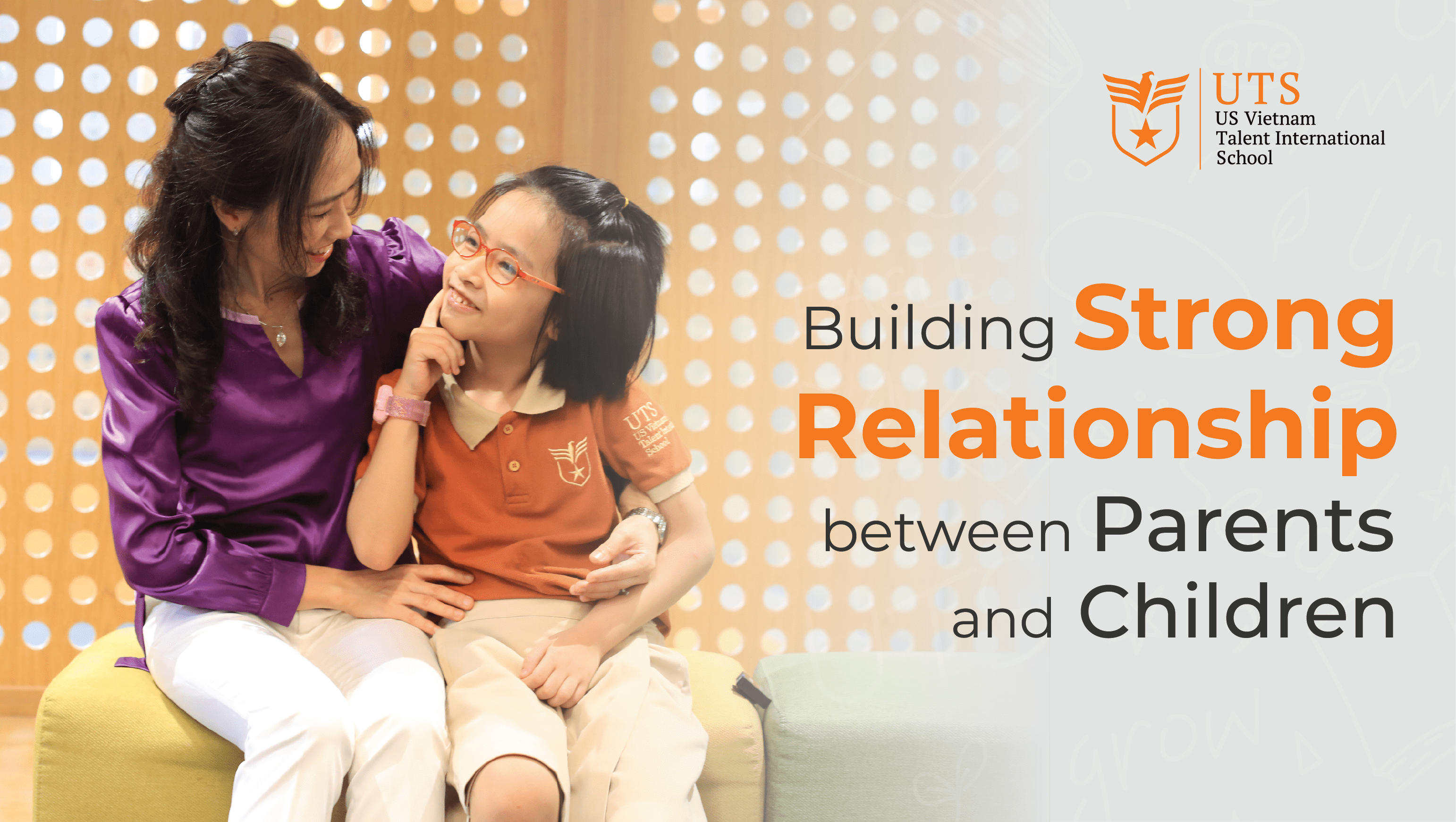
Do you know? How Does A Sentimental...
News
29/06/2023
%%sitename%% - According to parents’ perspective, what is the root cause of making such a generation gap? Let's explore!

UTS’s Got Talent 2023 | Talented Performances...
News
01/06/2023

School Year 2022 – 2023 Closing Ceremony|...
News
30/05/2023

Rage Is Just A Simple Emotion!
News
20/05/2023

TESOLution 2023: When Teaching English Doesn’t Just...
News
24/05/2023
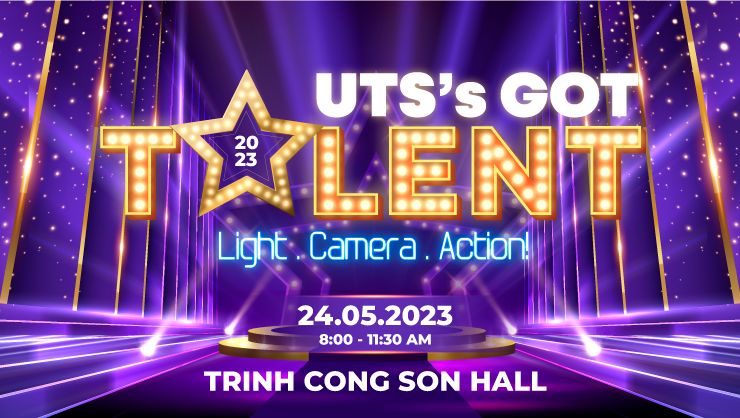
UTS’S GOT TALENT 2023
Events
24/05/2023
UTS'S GOT TALENT is not only a competition to explore the hidden talent, but also an opportunity, empowers you to express your talents...
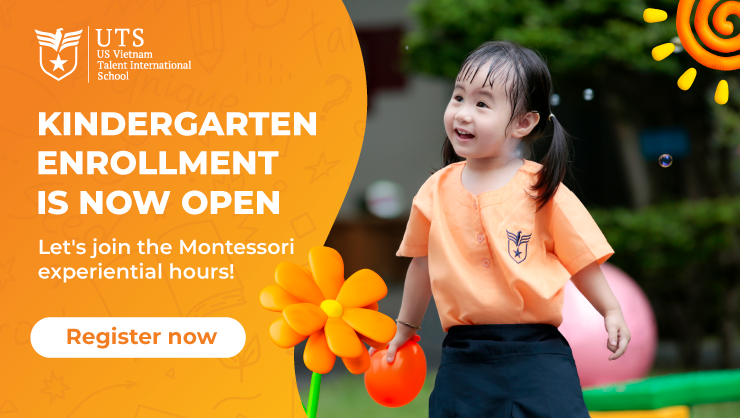
Lớp học hạnh phúc – Trải nghiệm...
Events
15/07/2023
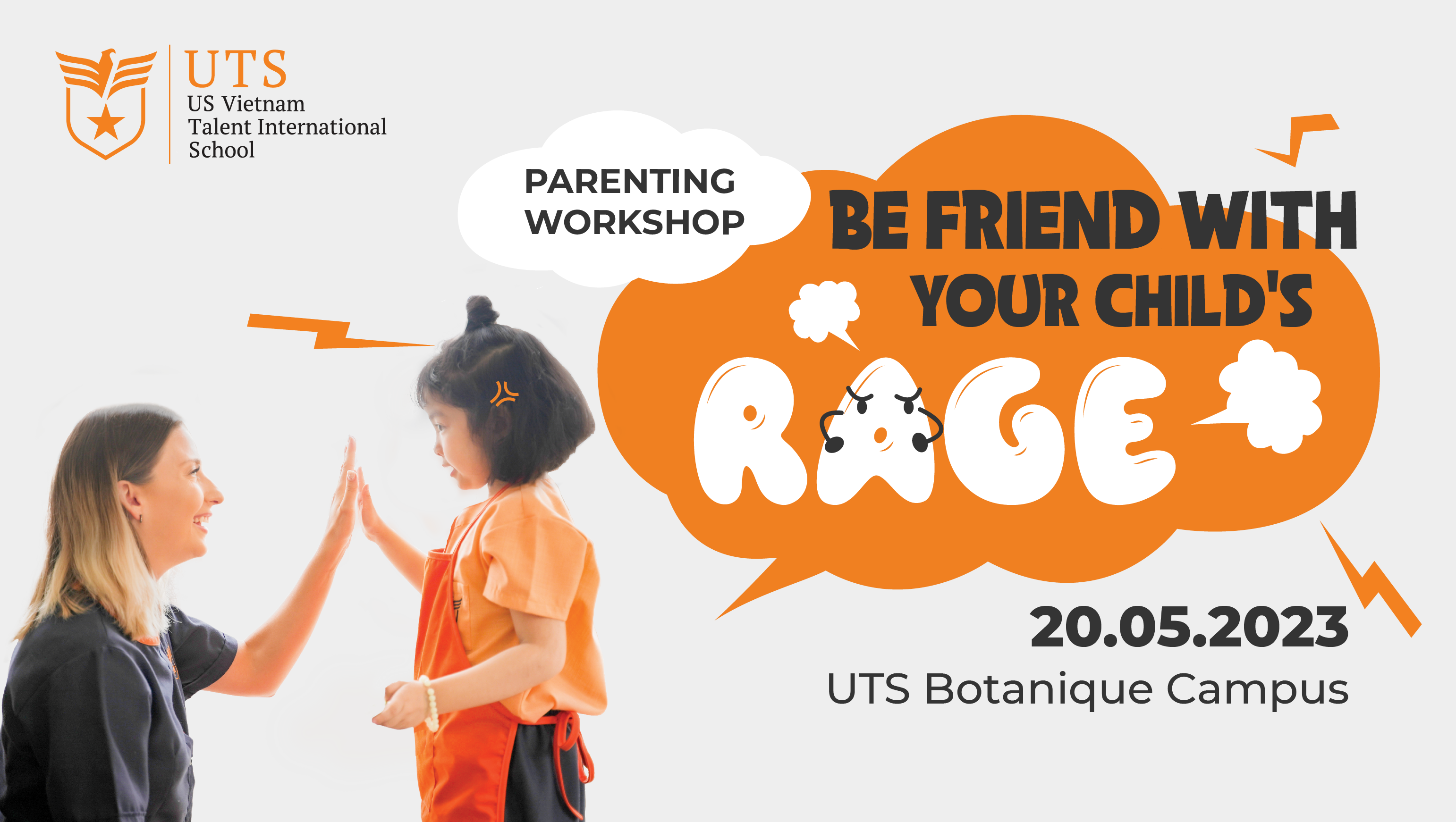
Parenting workshop: How to be friend with...
Events
20/05/2023

Passport To The Future
Events
13/05/2023

The First English Play At UTS –...
News
15/04/2023
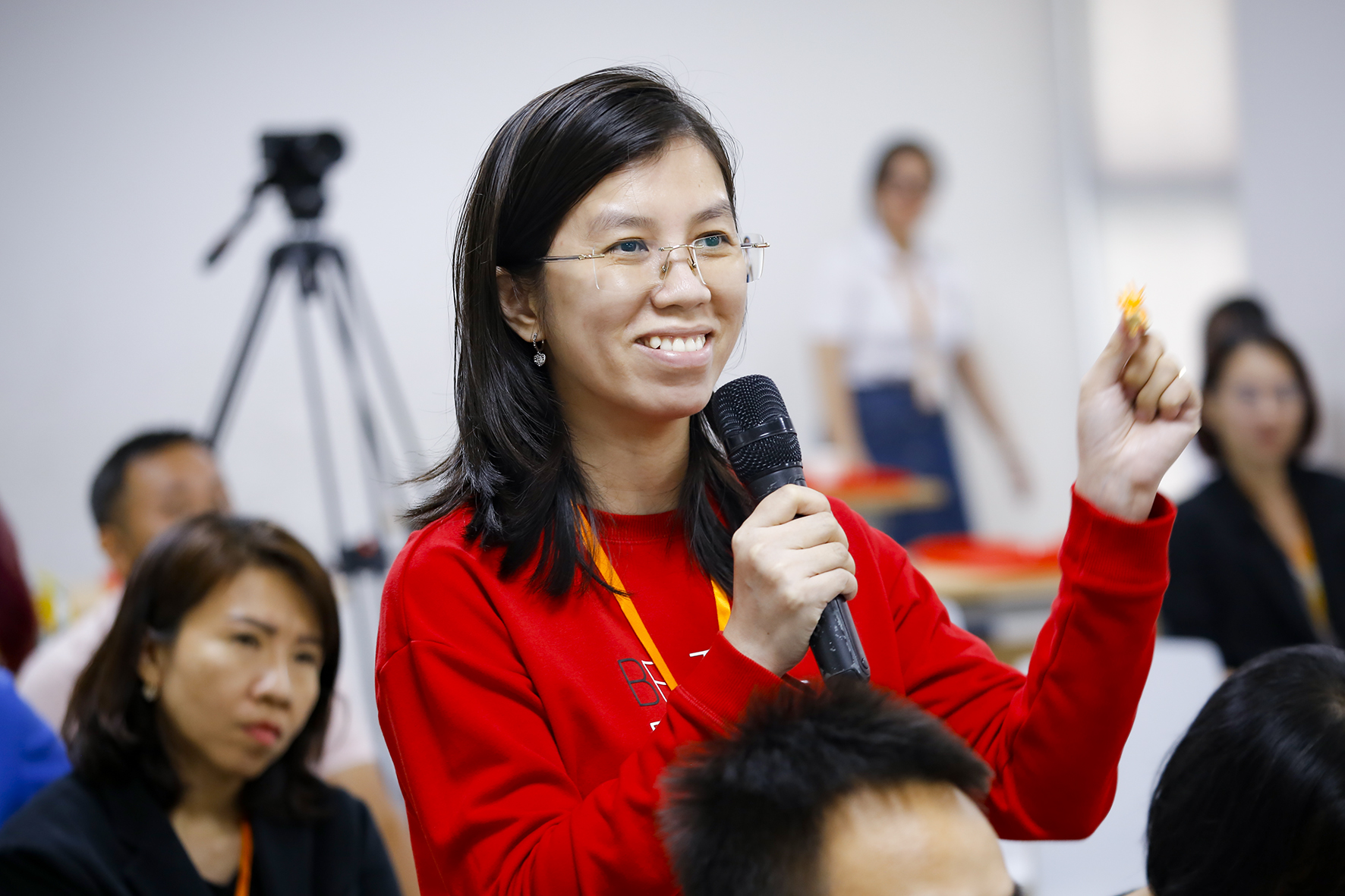
A Day Becoming An OIC Student, What...
News
27/03/2023
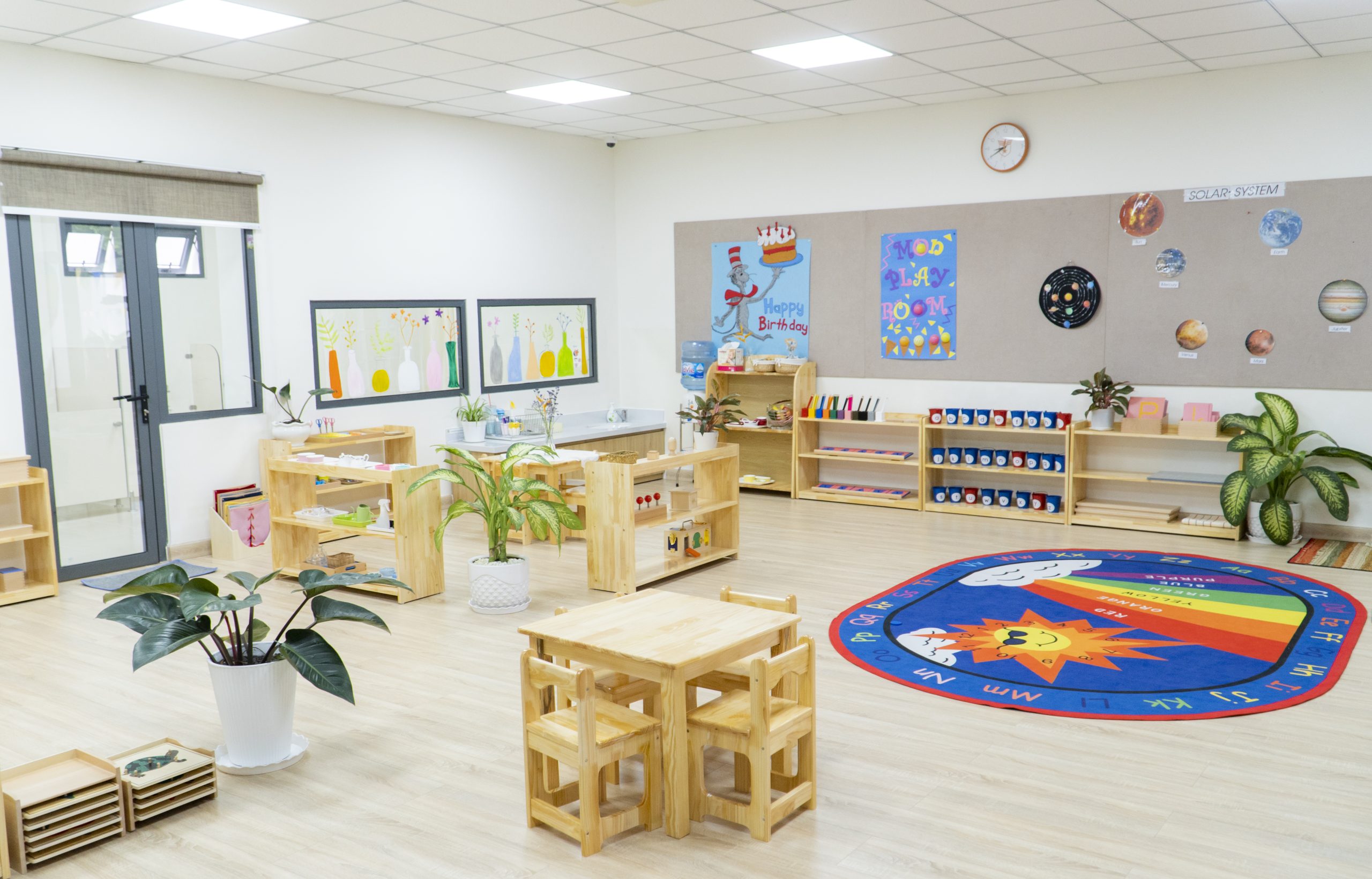
Magic In The Montessori Classrooom At UTS...
News
08/04/2023
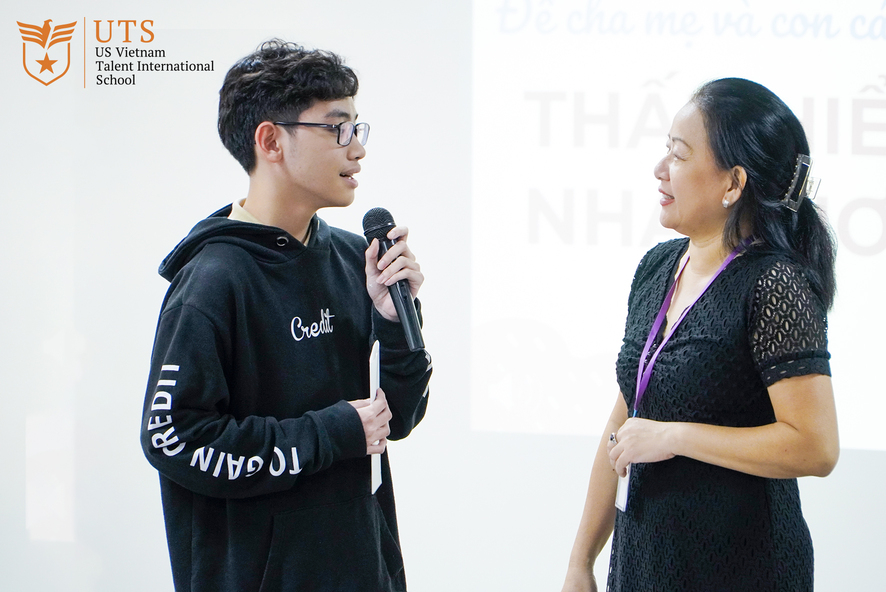
UTS Parents Talk | The Key To...
News
07/04/2023
UTS Parents Talk series, which is held by UTS, will be a bridge between parents and children to strengthen their relationships...
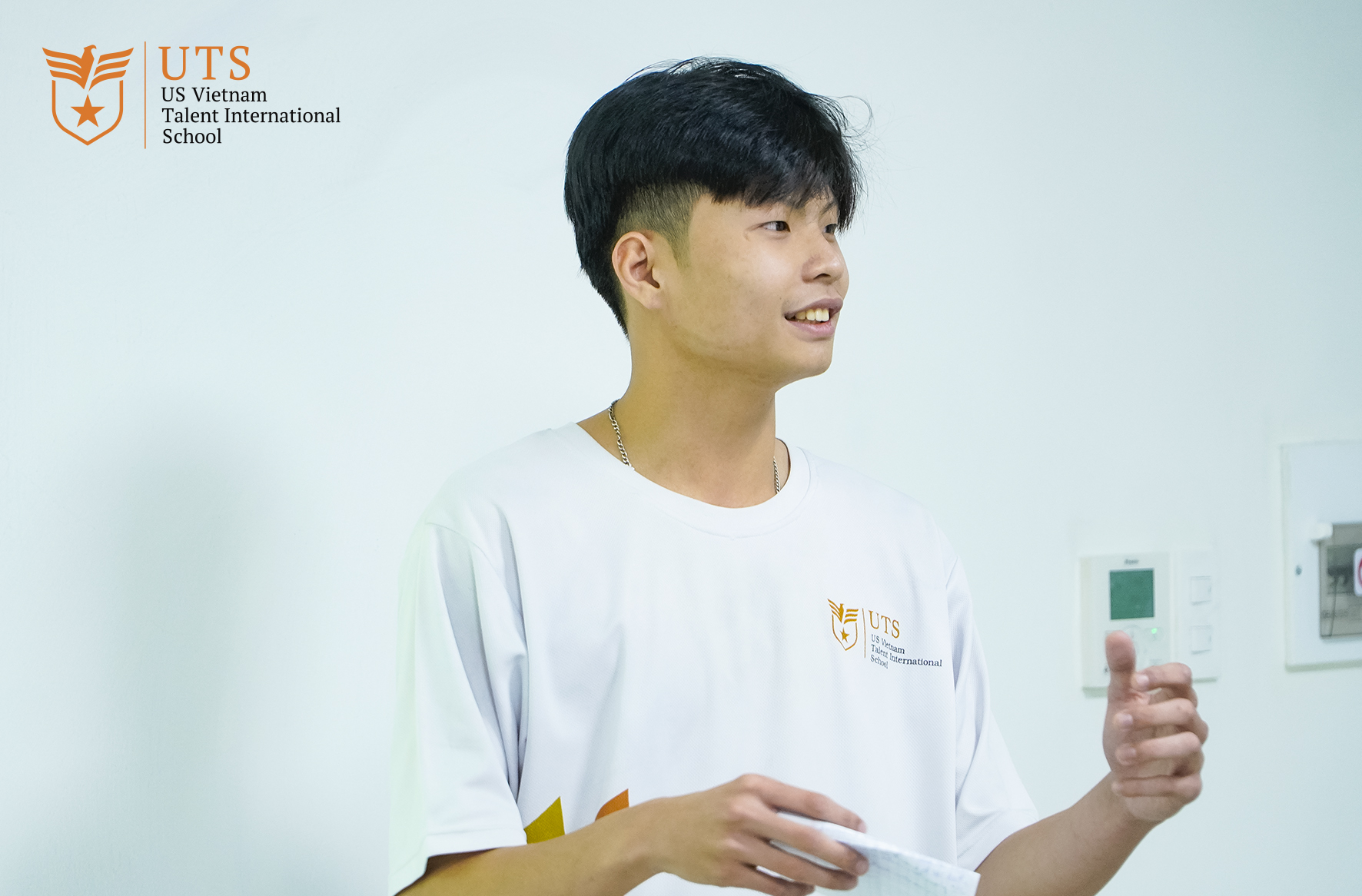
UTS GENIUS OLYMPIAD 2023: Gathering The Future...
News
04/04/2023
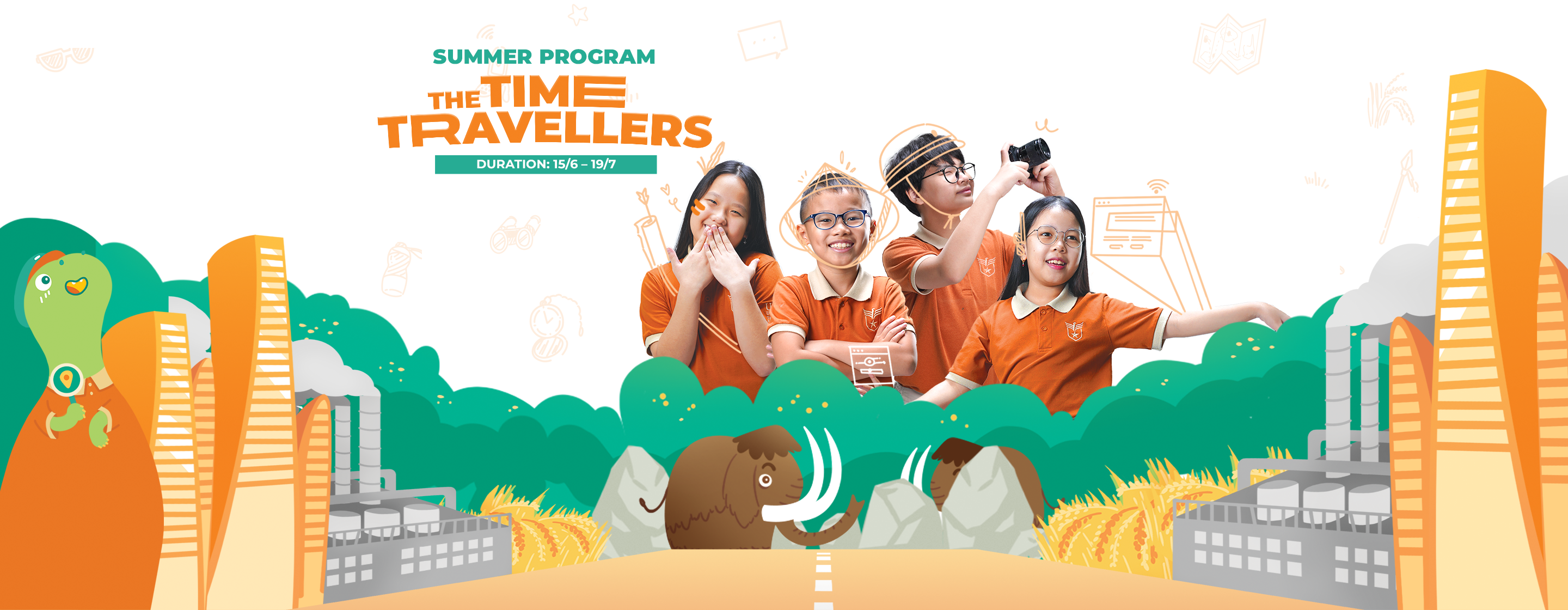
The “Transceding Time” Journey At UTS Summer...
News
15/06/2023
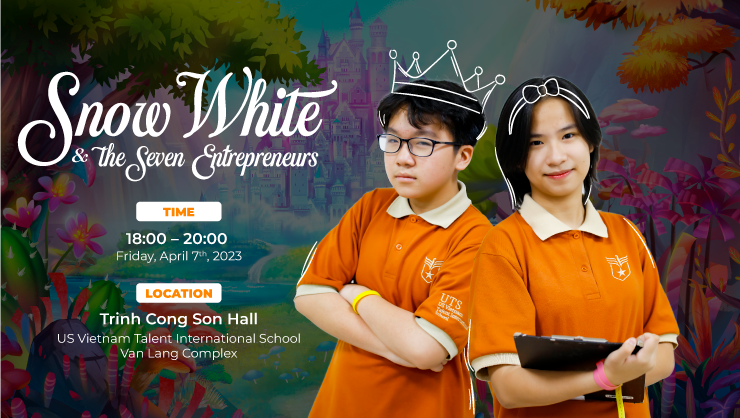
School Play’s Premier “Snow White And The...
Events
07/04/2023

Congratulations UTS Eagles On Entering The Final...
News
15/03/2023
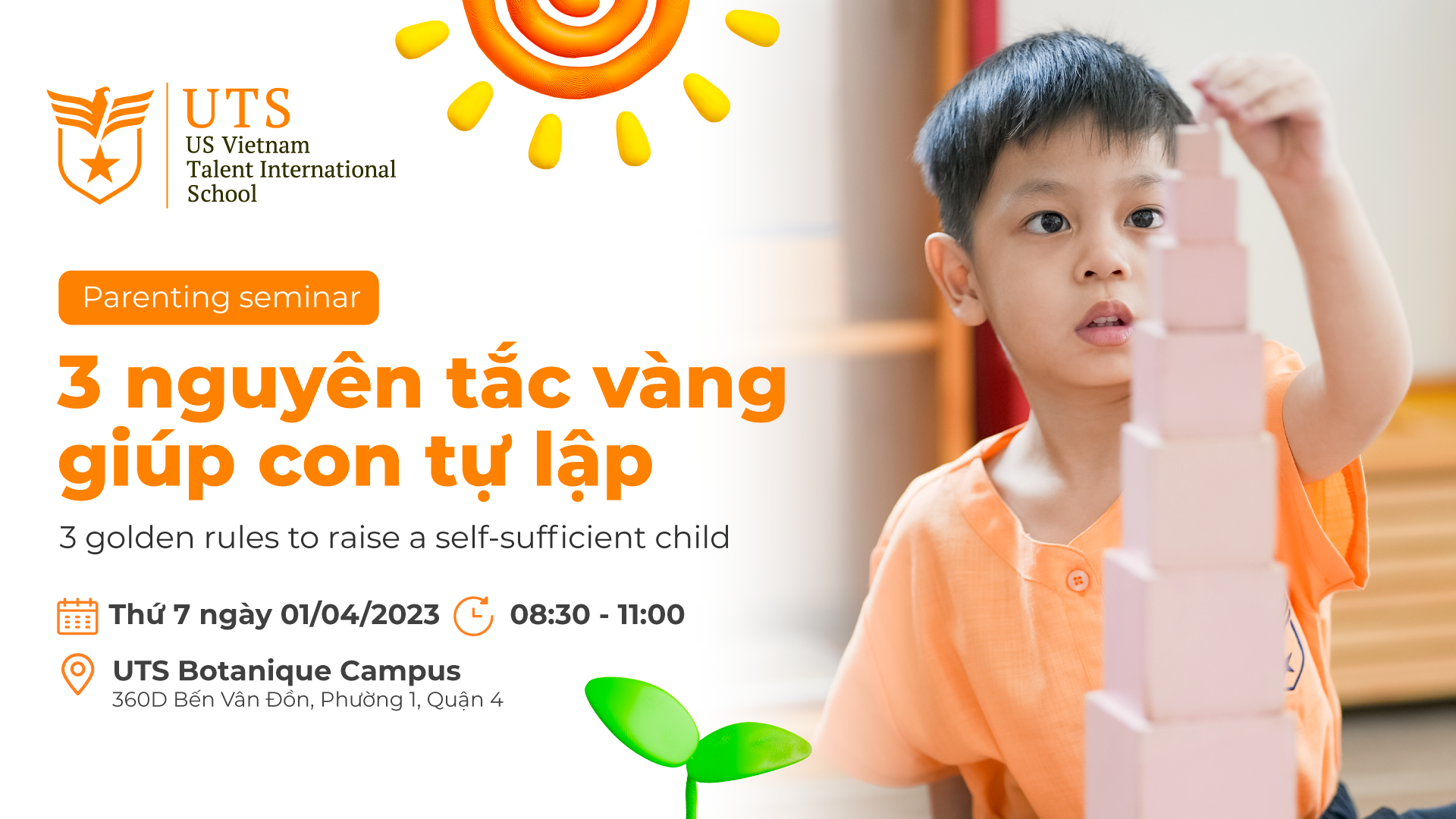
OPEN HOUSE: 3 GOLDEN RULES FOR RAISING...
Events
01/04/2023
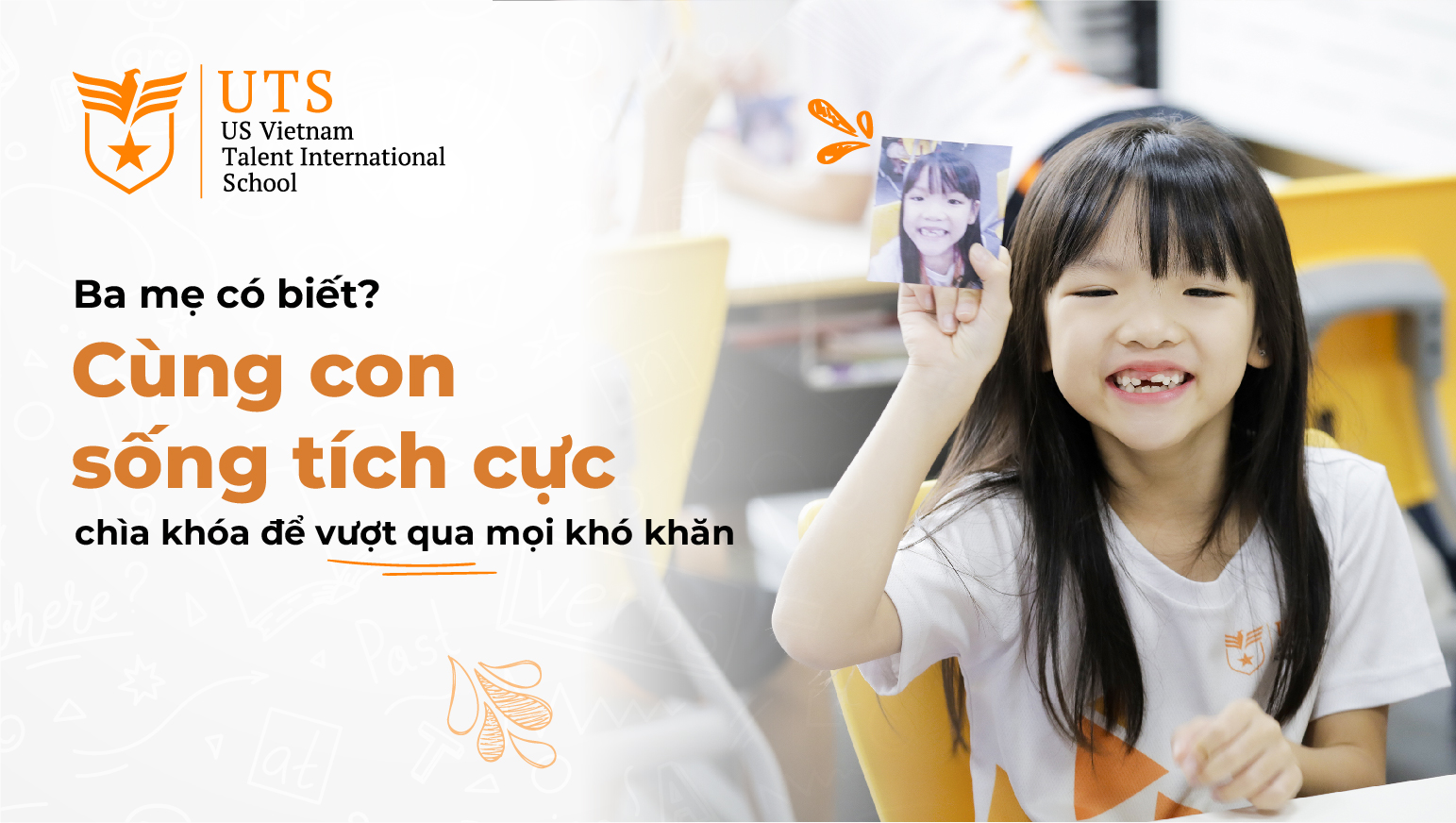
Do you know? Be positive with your...
News
11/02/2023
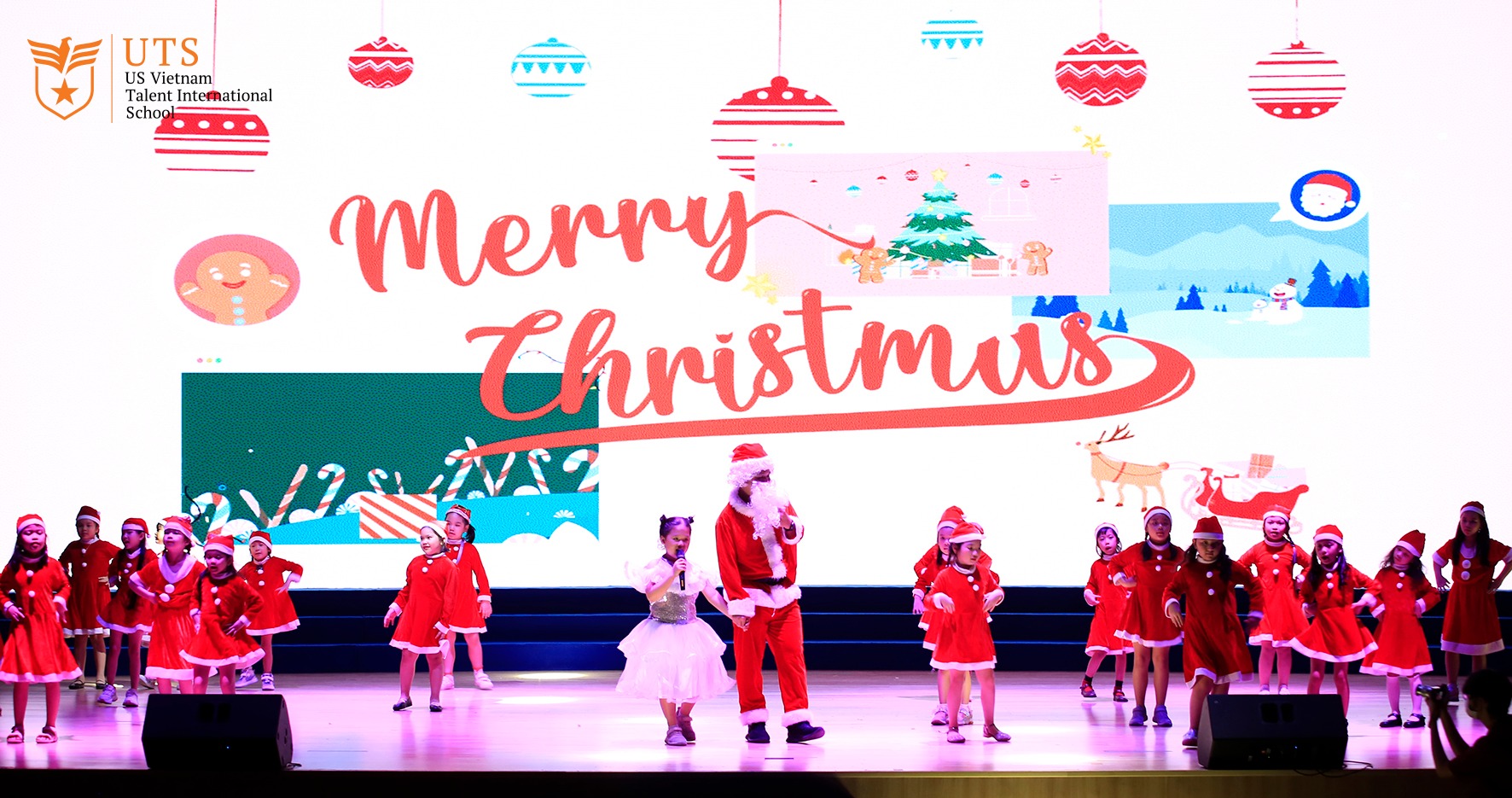
Fulfill The “Season Of Giving” With A...
News
24/12/2022
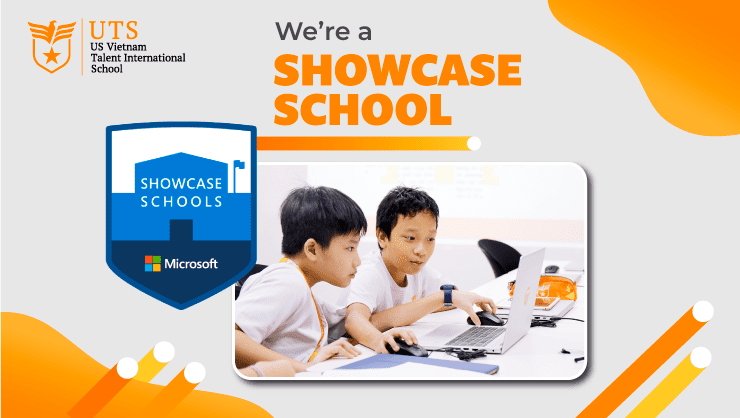
US Vietnam Talent International School becomes a...
News
27/09/2022
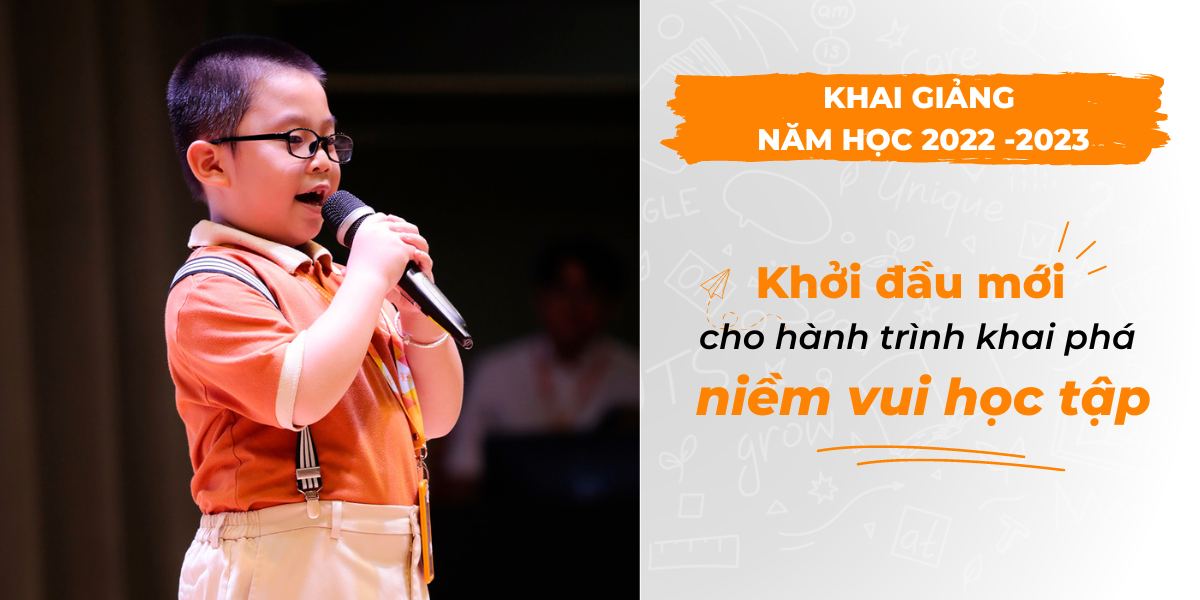
School Year 2022-2023 Opening Ceremony | The...
News
08/09/2022

Welcome to the new school year! Welcome...
News
22/08/2022
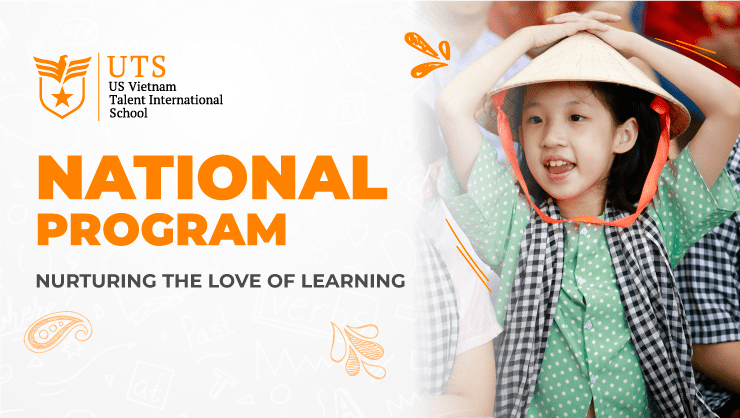
Nurturing a love of Learning with the...
News
15/08/2022
The National Program is a standard program under the new curriculum framework of the Ministry of Education and Training for all levels of education
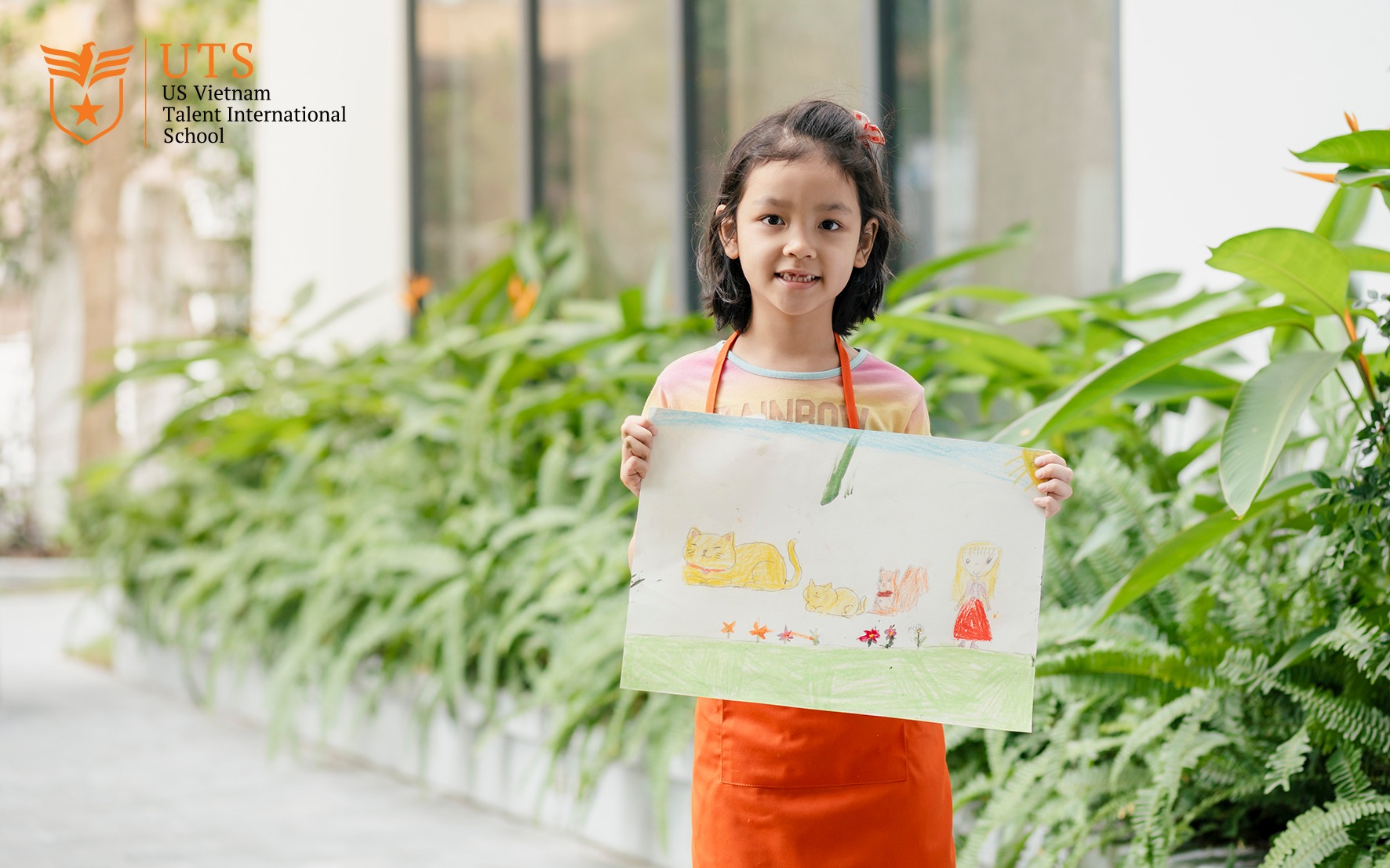
The Journey To Children’s Inner Garden Through...
News
07/01/2023
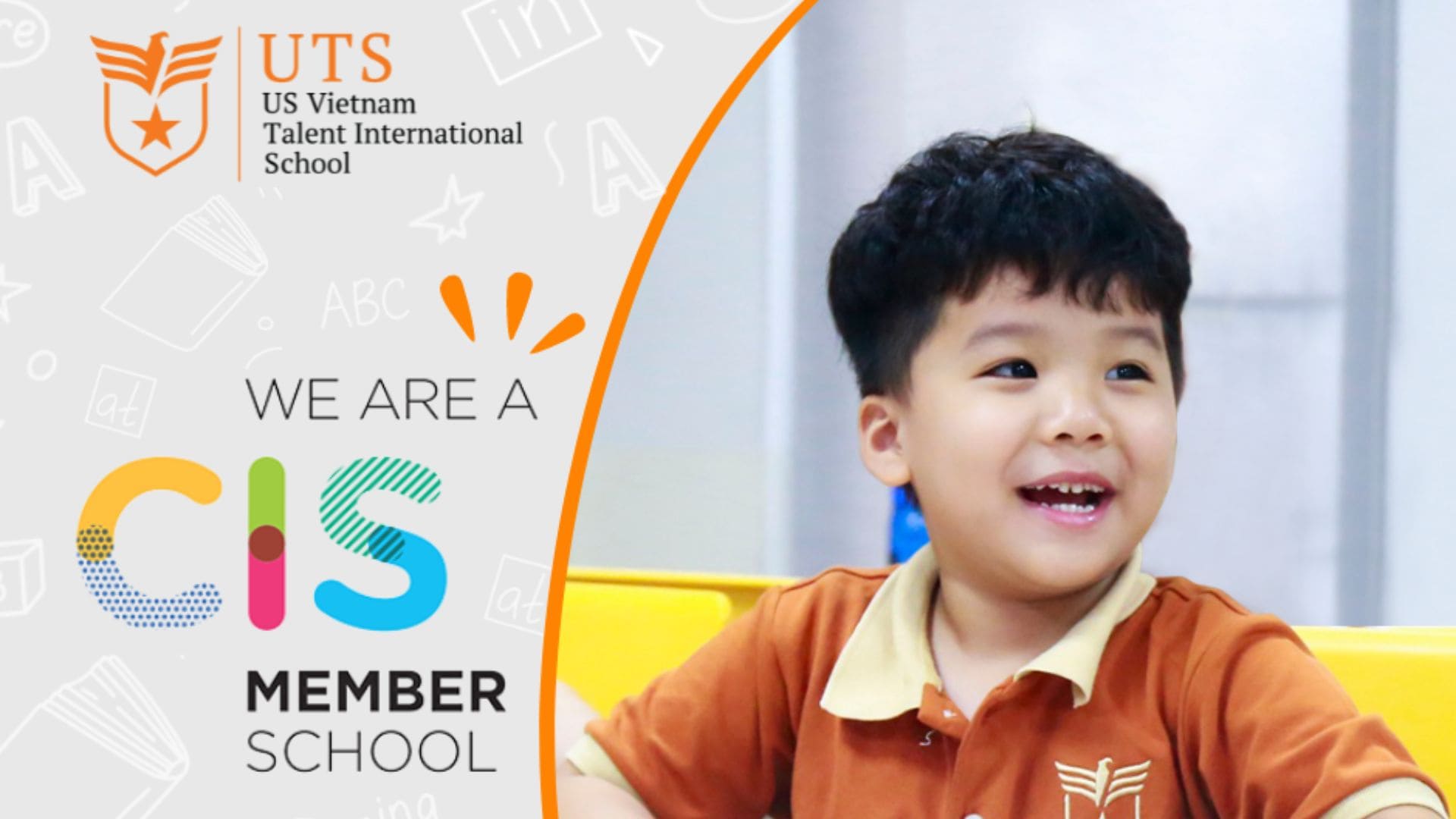
UTS Officially Becomes A Member Of The...
News
10/08/2022
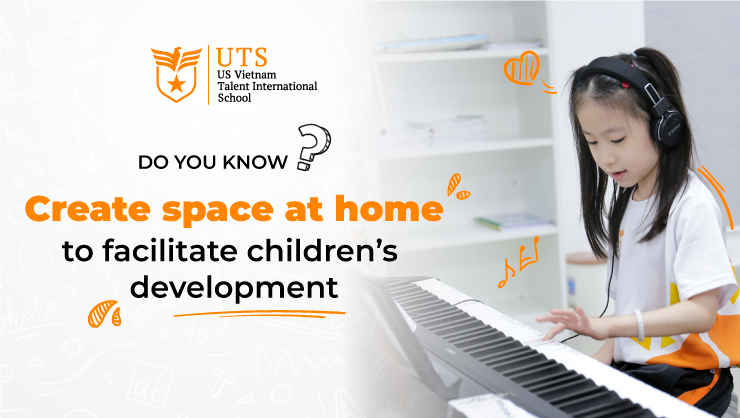
Do Parents Know? – Create Home Space...
News
16/07/2022

UTS-ers Are Full Of Energy With UTS...
News
08/03/2022

Project-Based Learning (PBL): Students Are Getting Closer...
News
04/07/2022
Project-based learning is an instructional give students the opportunity to develop knowledge and skills through engaging projects
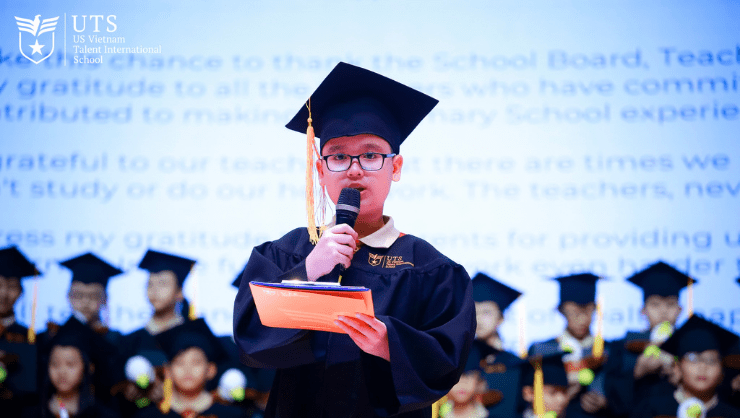
Congratulations to Grade 5, 9 and 12...
News
02/06/2022

Closing Ceremony Of The School Year 2021...
News
02/06/2022
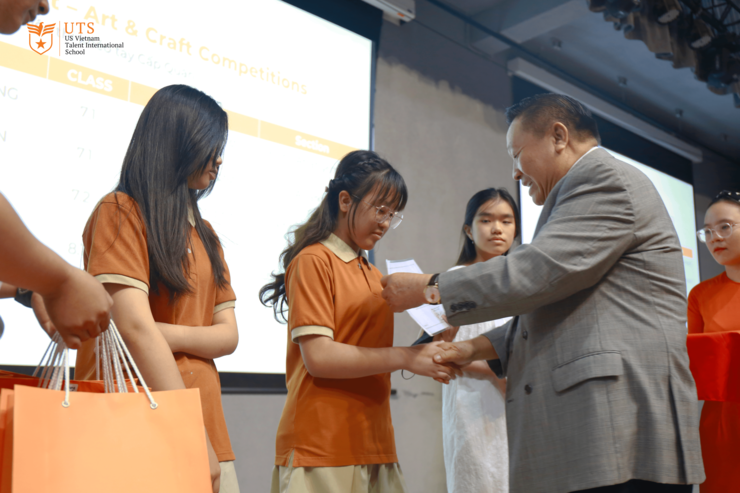
Closing Ceremony Secondary Academic Year 2021-2022: The...
News
27/05/2022
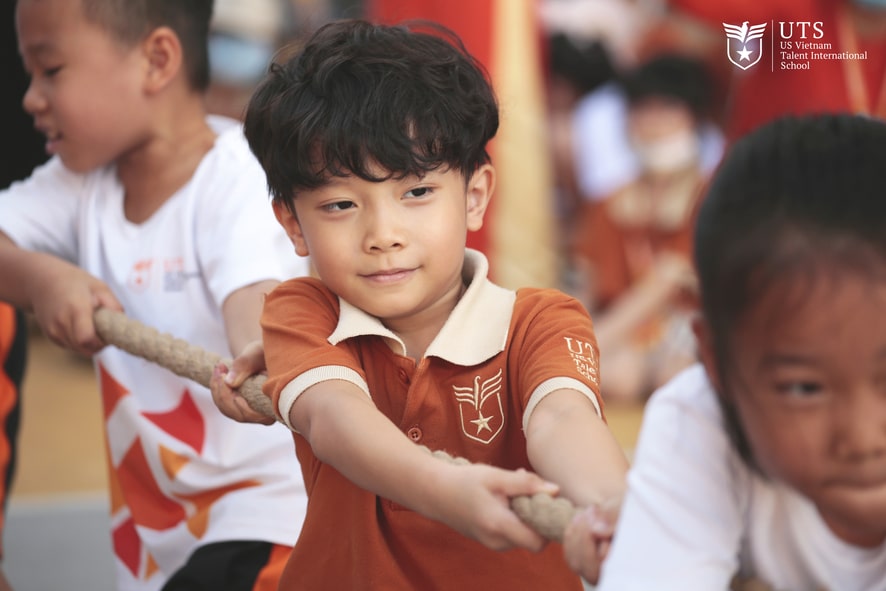
UTS-ers Are Full Of Energy With UTS...
News
09/05/2022
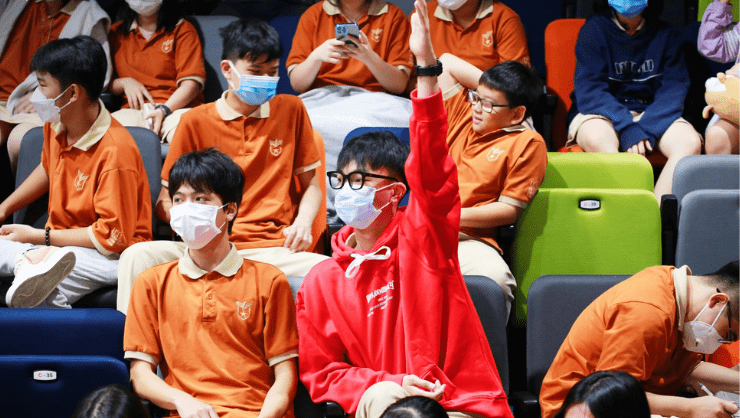
Conquering Natural Science Knowledge With The Nobel...
News
05/04/2022
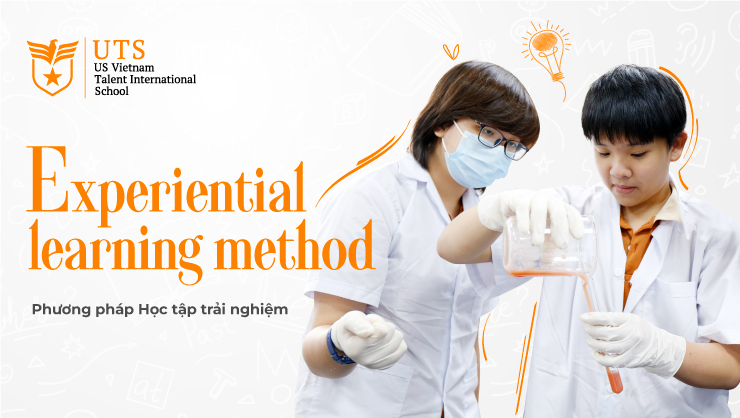
Experiential Learning: When learning is not only...
News
23/06/2022
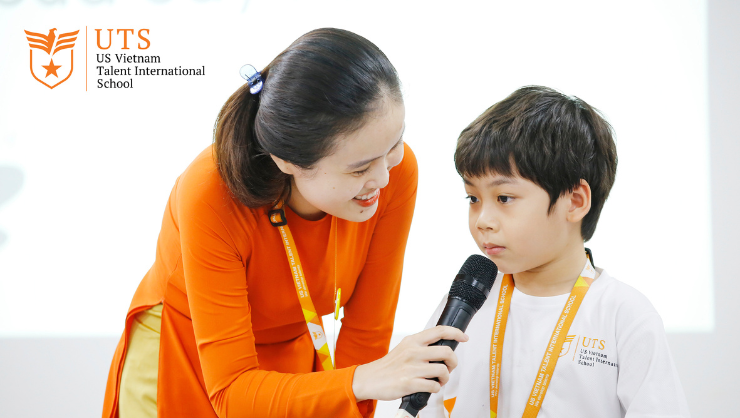
Dành cho các bậc phụ huynh: Bé...
News
03/04/2021
Wonders Quest English Camp: Super Talent Squad
Events
22/05/2022
Wonders Quest English Camp: Super Talent Squad
Events
22/05/2022
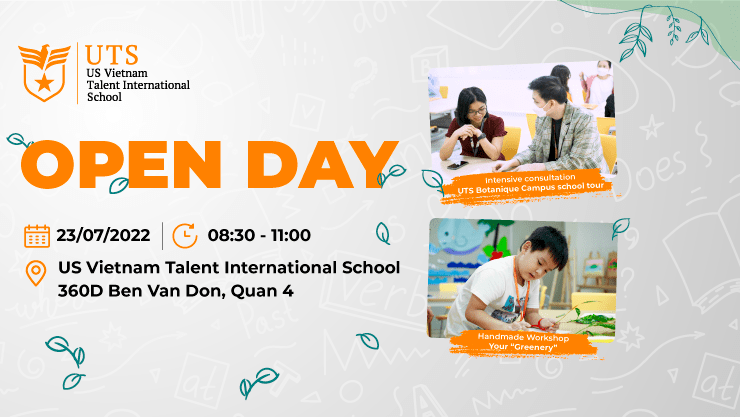
Open Day – Game bài đổi thưởng Mê đổi thưởng Campus
Events
06/08/2022
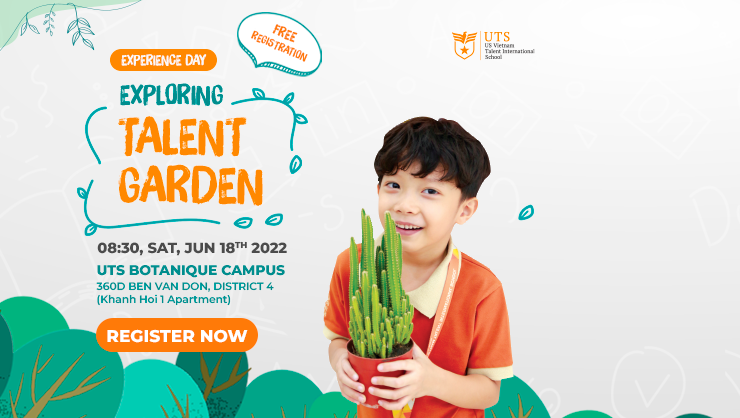
Experience Day: Exploring Talent Garden – UTS...
Events
18/06/2022
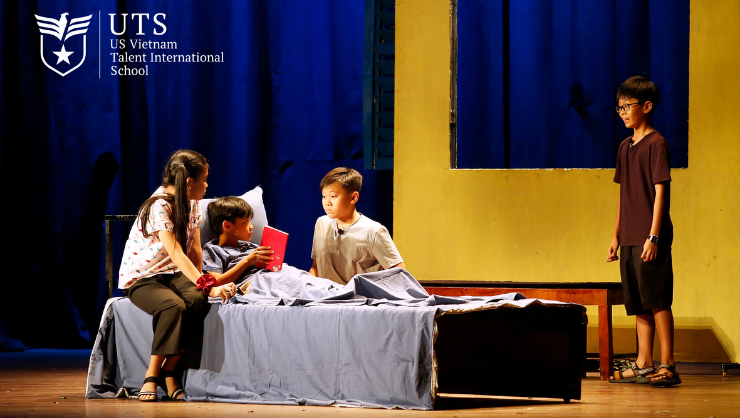
Bravery and excellence of UTS’ little actors...
News
09/01/2021
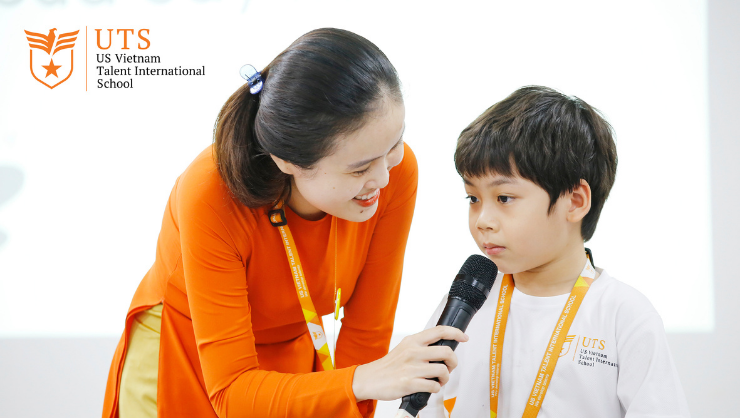
Cross-curricular project “Green trees around us”: For...
News
15/01/2021
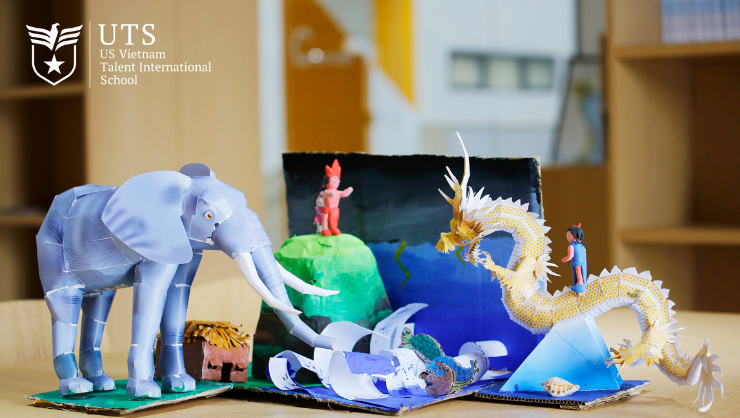
When Literature is not simply letters!
News
14/01/2021

Math Open Day 2021 at UTS: Fantastic...
News
17/01/2021
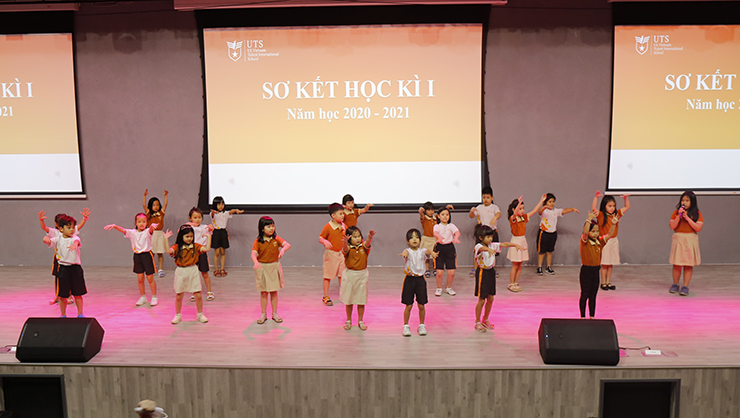
A wonderful and meaningful semester has passed...
News
20/01/2021
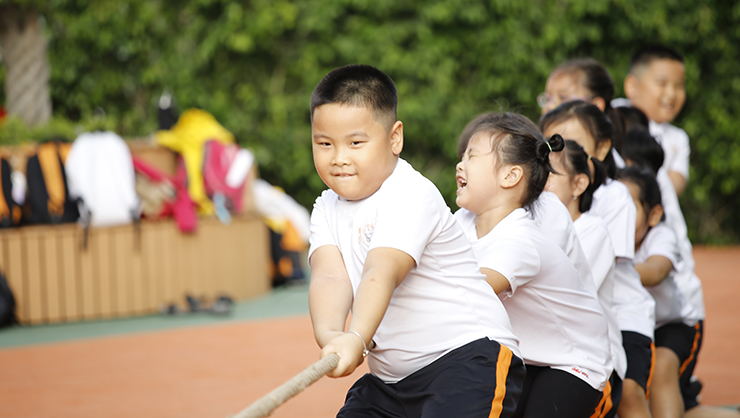
Explosion of team spirit with tug of...
News
21/01/2021
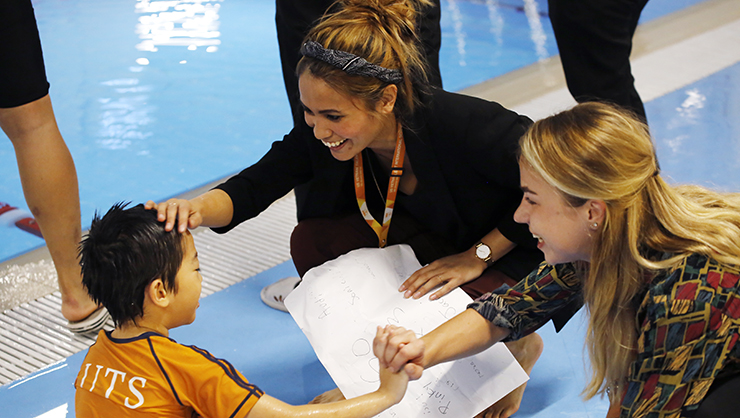
“Little swimmers” of UTS with admirable effort
News
23/01/2021

Learning about animal protection with glowing colors
News
25/01/2021
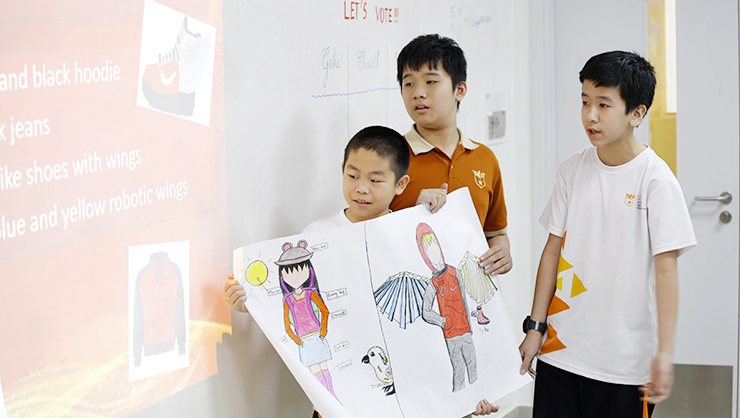
UTS-ers and their “fashion companies”
News
26/01/2021

National pride with the shadow puppetry of...
News
27/01/2021

Making famous literary works come alive by...
News
01/02/2021
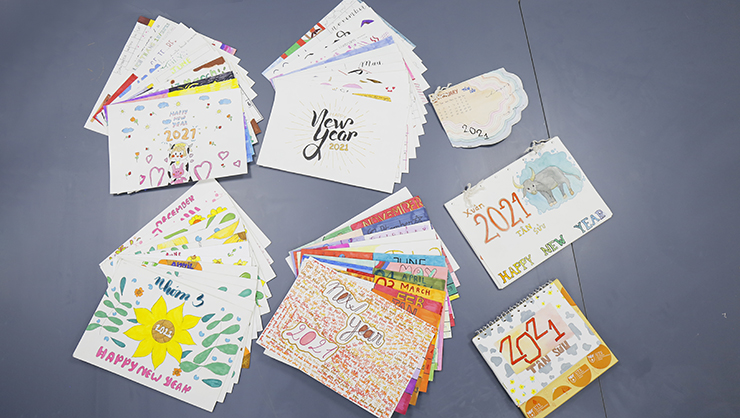
UTS-ers showing their whorls with unique handmade...
News
03/02/2021
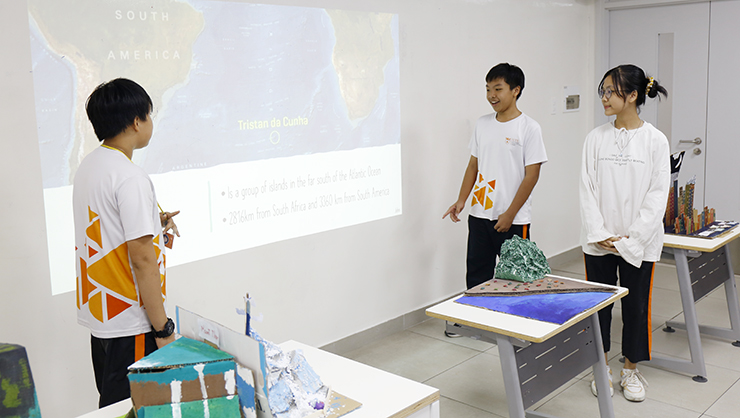
UTS-ers and the “adventure” to most extreme...
News
23/02/2021
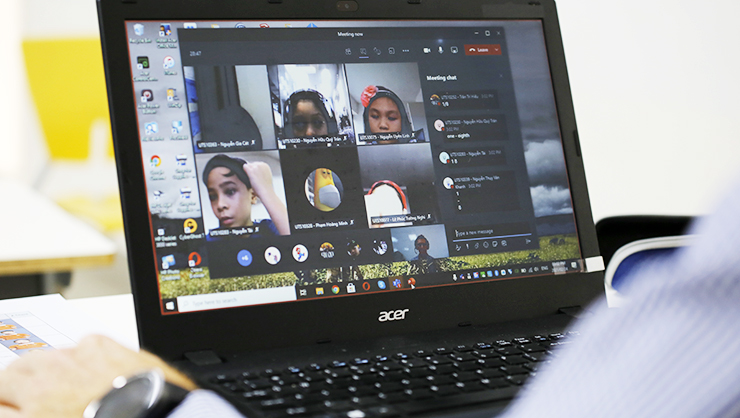
Learning enthusiastically, fighting the COVID off!
News
25/02/2021
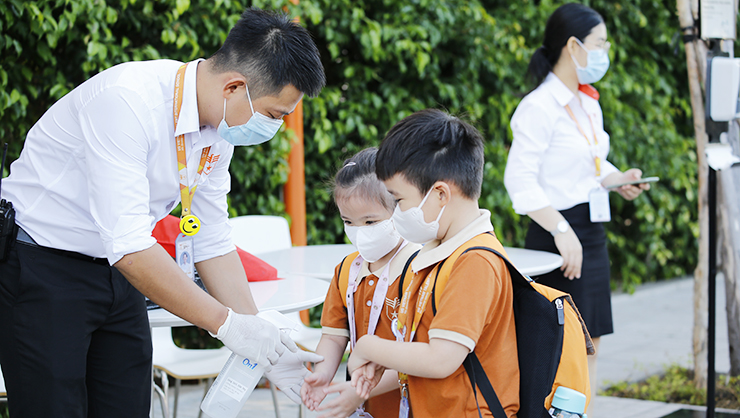
UTS community safely return to school together
News
01/03/2021
Why should we read books?
News
04/03/2021
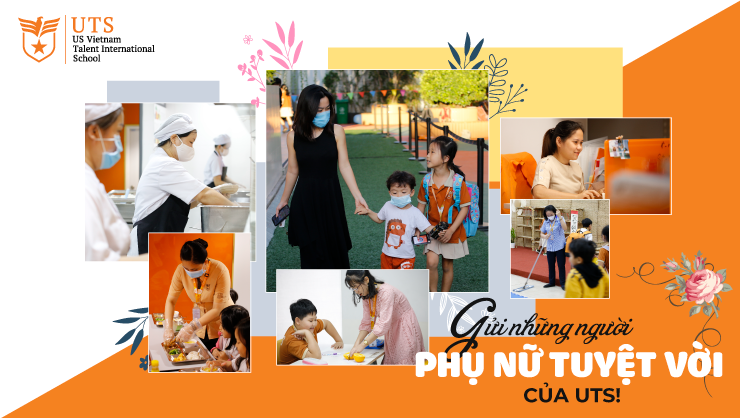
Dear our beloved women!
News
05/03/2021
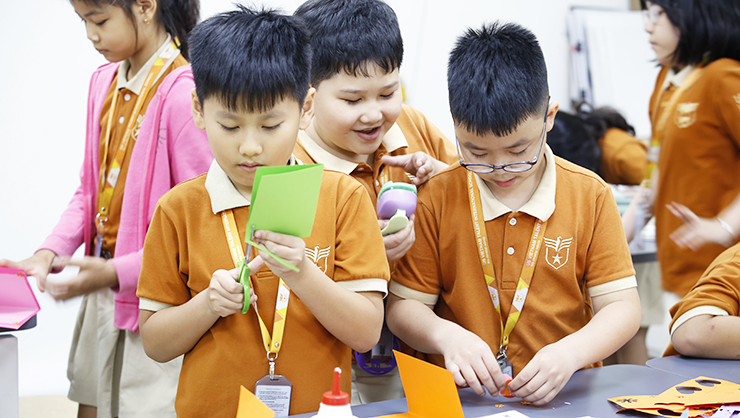
Be handy with lovely cards of UTS-ers
News
06/03/2021
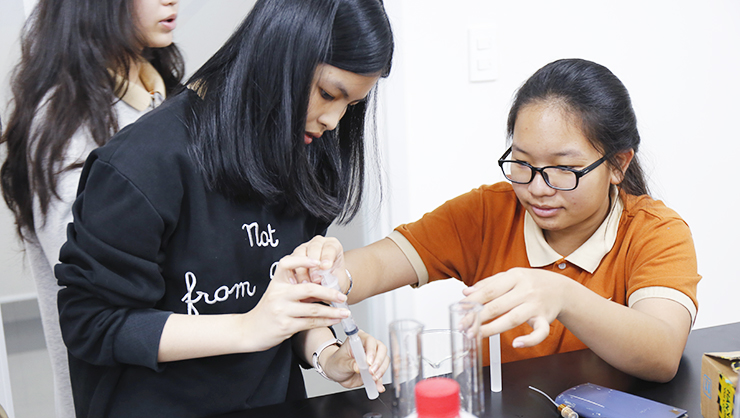
Chemistry Club: Learn how to make perfume...
News
10/03/2021
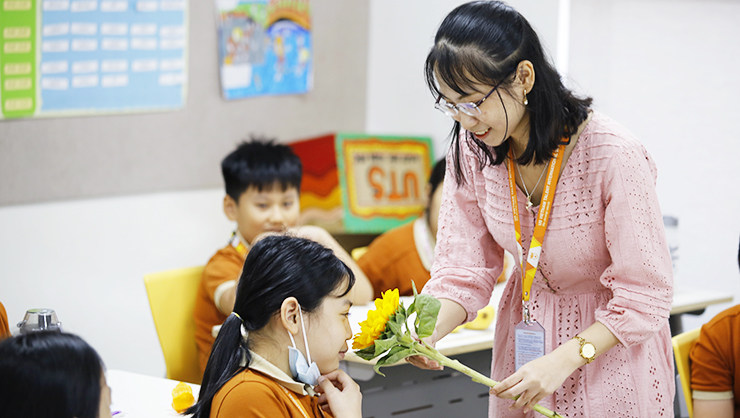
How to learn descriptive writing effectively?
News
11/03/2021
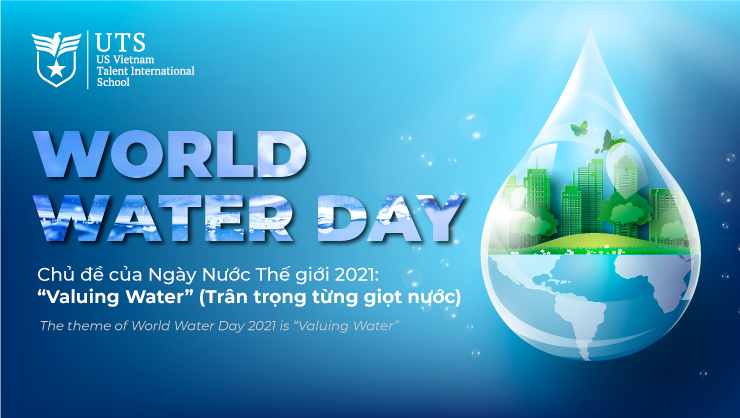
World Water Day 2021: Let’s appreciate our...
News
22/03/2021

Drama “Make friends with the sky” of...
News
23/03/2021
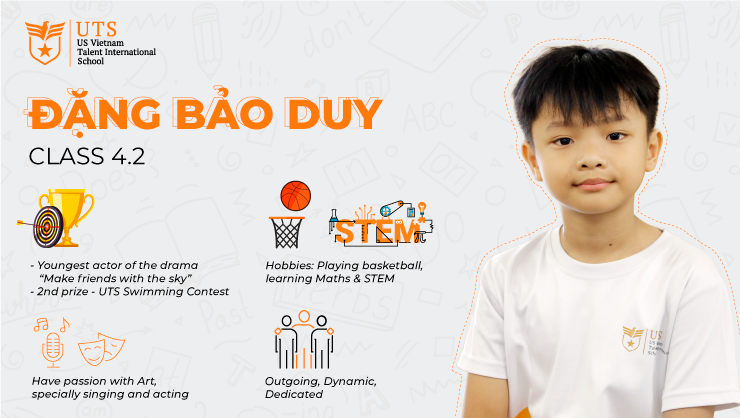
[Human of UTS] – Dang Bao Duy:...
News
25/03/2021
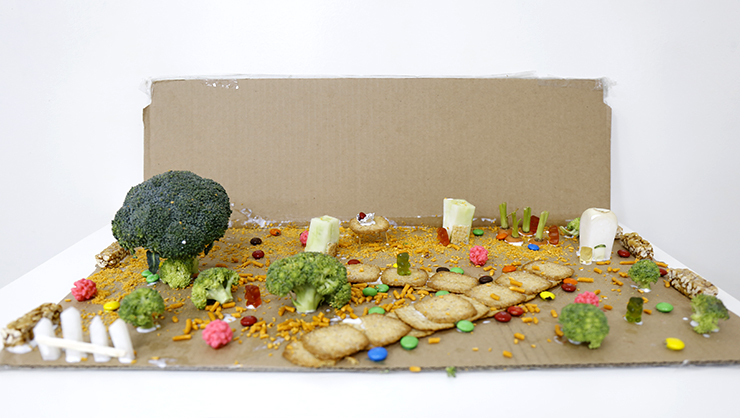
Learning English with foodscapes!
News
31/03/2021
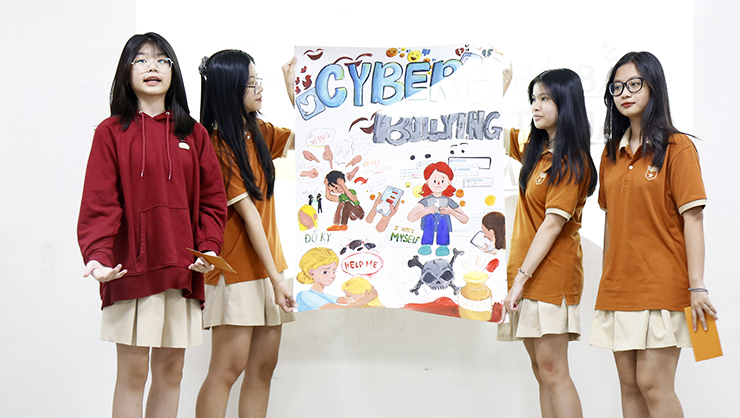
Raising UTS-ers’ awareness about cyber-bullying
News
29/04/2021
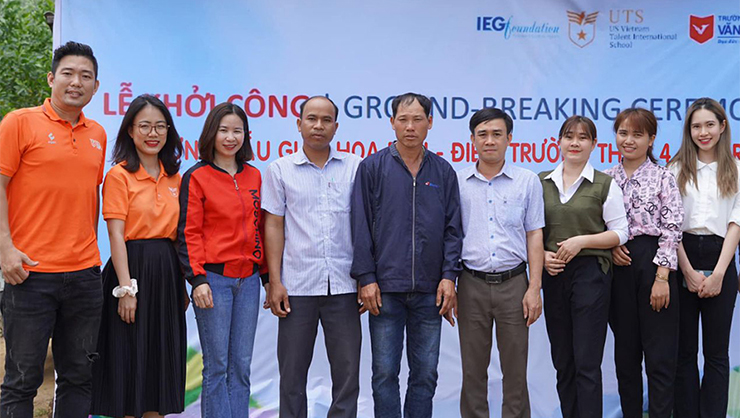
M’Drak Kindergarten: The beginning of dreams
News
27/03/2021
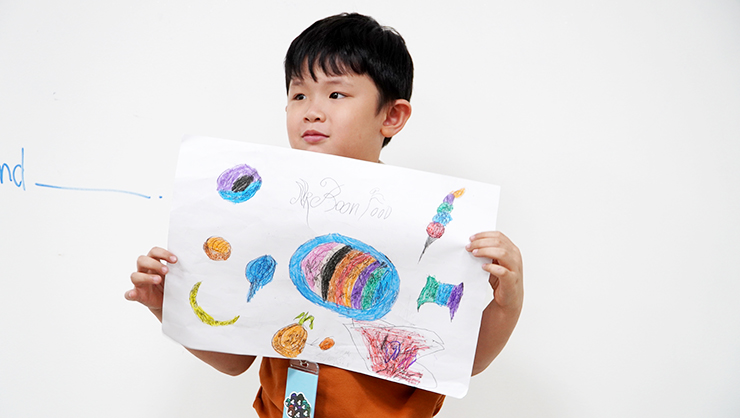
Let’s revise English vocabulary of the theme...
News
09/04/2021
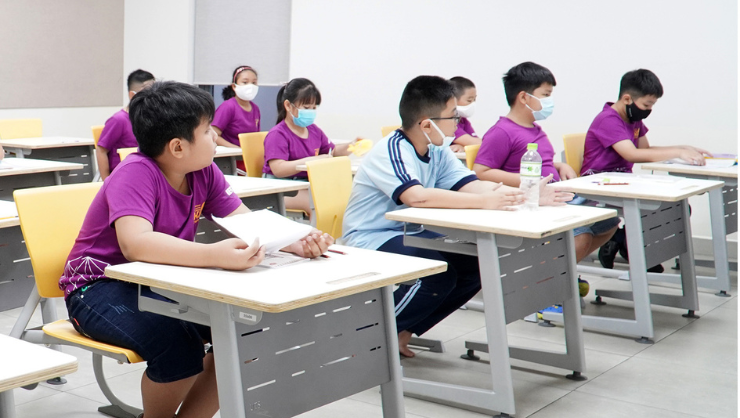
The International Kangaroo Math Contest 2021 at...
News
12/04/2021

UTS-ers experience dream jobs in the happy...
News
15/04/2021
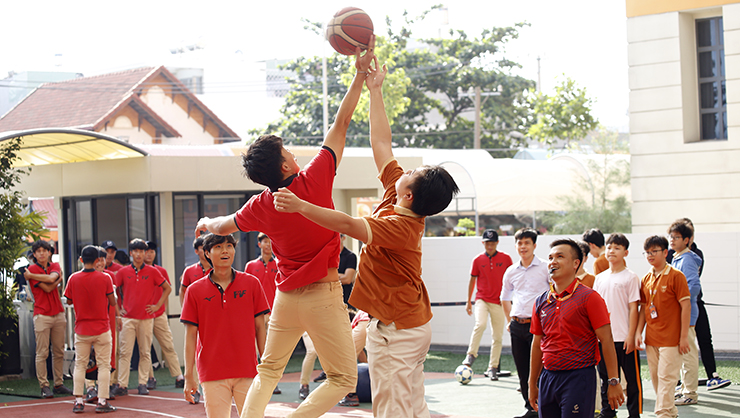
UTS-ers meet the champion of the U19...
News
16/04/2021
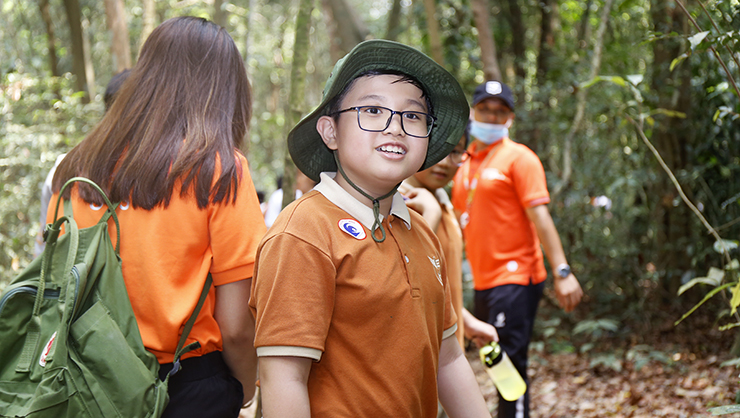
Growing up in the experiential learning trip...
News
17/04/2021
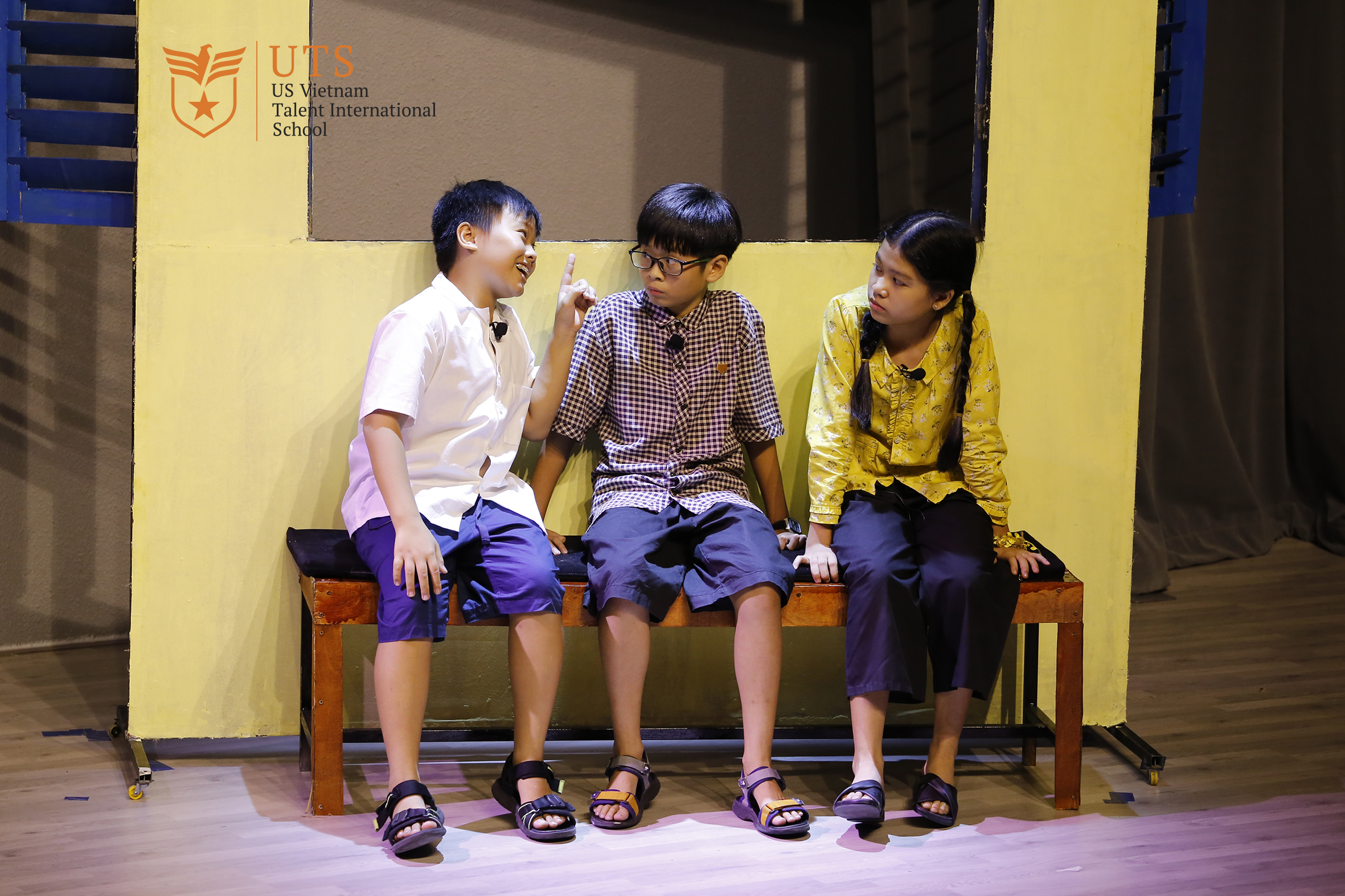
Teo is coming back!
News
19/04/2021
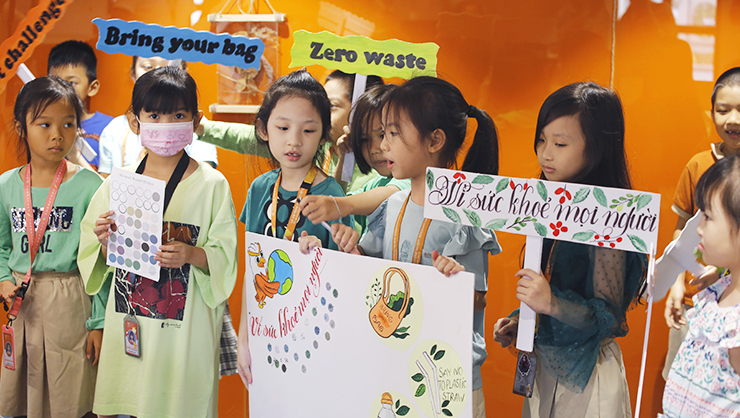
Wear green to school – Let’s celebrate...
News
21/04/2021
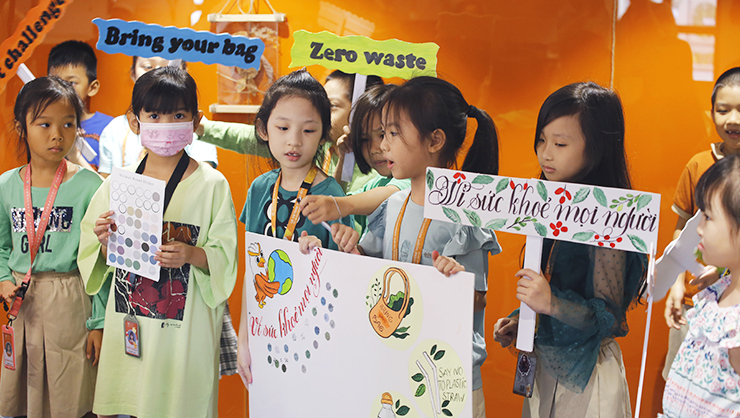
UTS is full of green on the...
News
22/04/2021
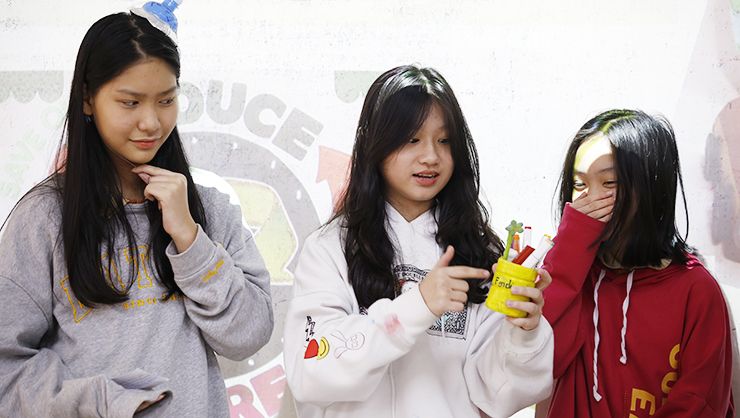
UTS-ers “recycling” project: Reduce waste to help...
News
23/04/2022
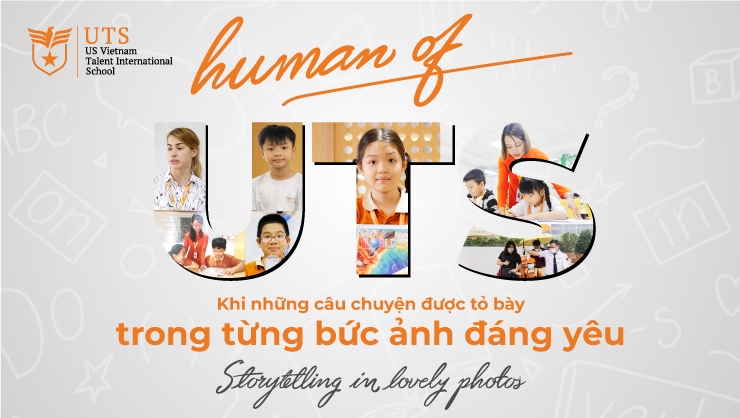
“Humans of UTS” Rewind: A love story...
News
24/04/2021
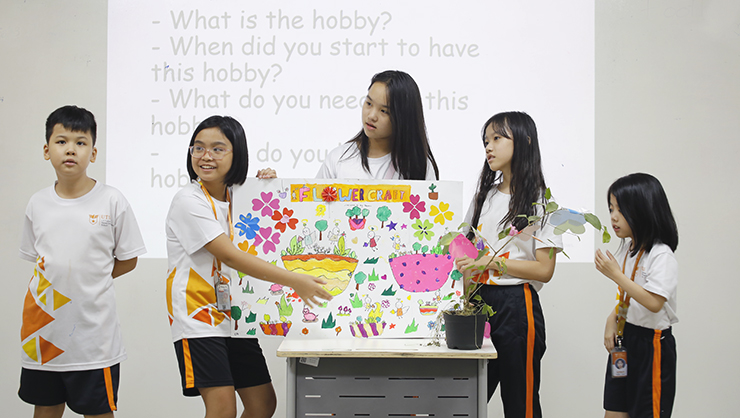
Turning hobbies into passions with UTS-ers
News
03/05/2021
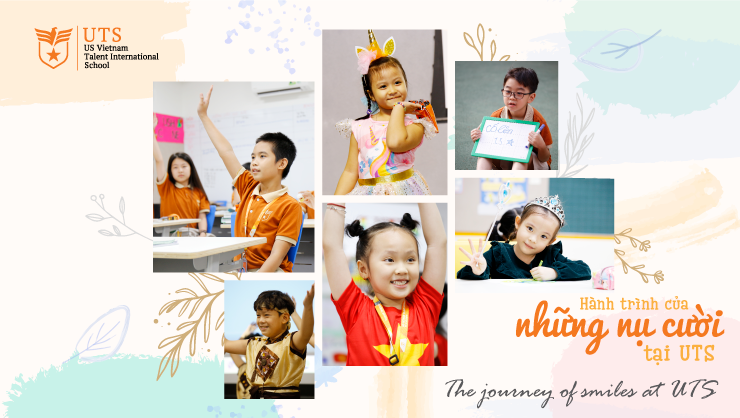
The journey of smiles at UTS
News
27/04/2021
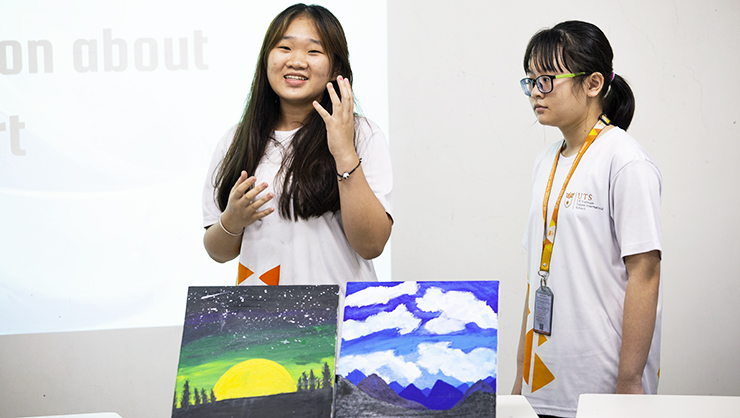
Which color in the UTS-ers’ world?
News
26/04/2021
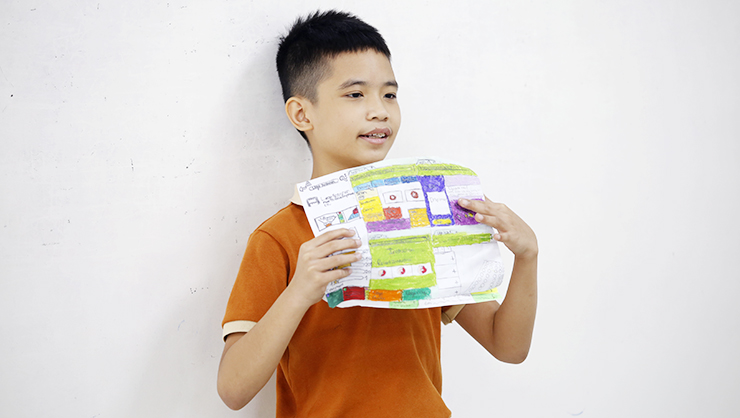
Unique applications of “little programmers” at UTS
News
04/05/2021
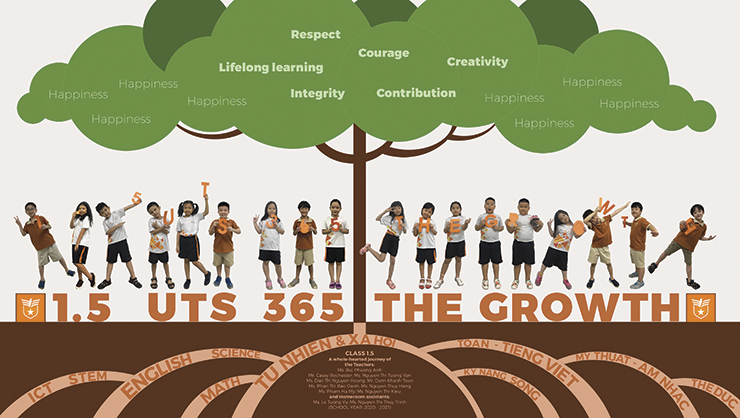
“UTS – 365 The Growth” voting round...
News
08/05/2021
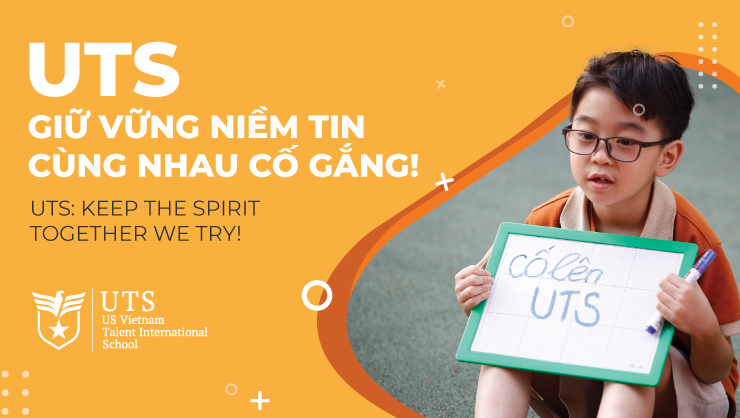
UTS: Keep the spirit – Together we...
News
10/05/2021
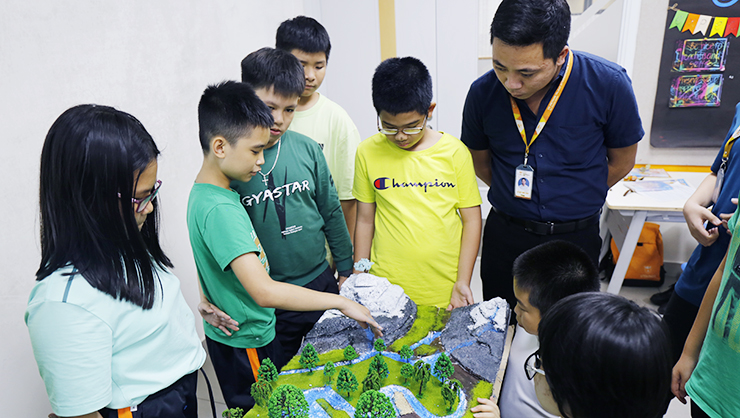
UTS-ers “created” amazing river & lake system
News
11/05/2021
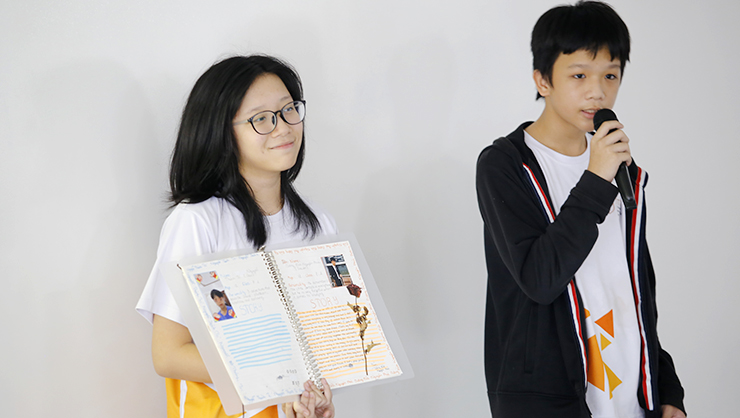
Sharing emotions and memories with the “UTS...
News
12/05/2021
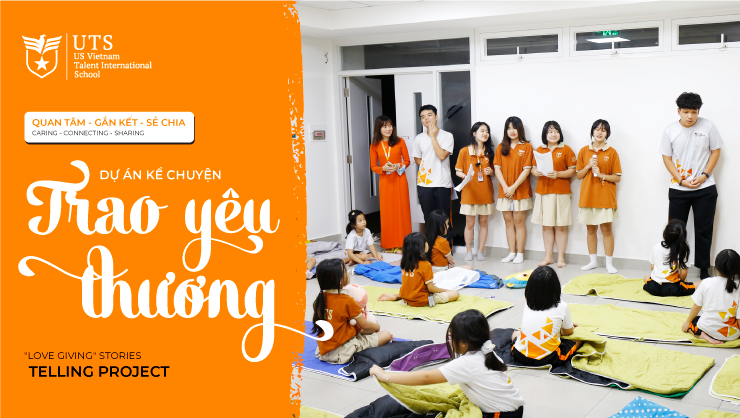
“Love Giving” stories-telling project
News
15/05/2021
%%sitename%% Love Giving stories-telling project

Result annoucement of the “UTS – 365...
News
21/05/2021
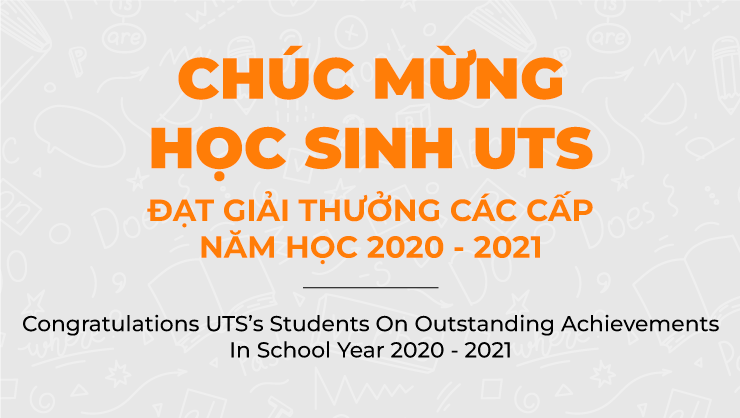
Congratulations UTS’ students on outstanding achievements in...
News
22/05/2021
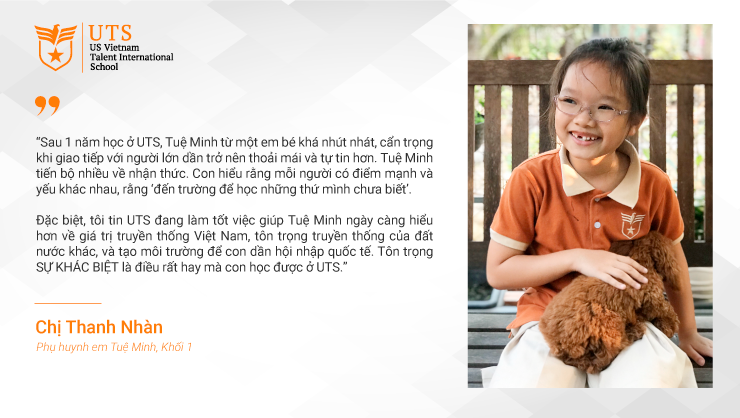
“She has completed the 1st Grade at...
News
24/05/2021
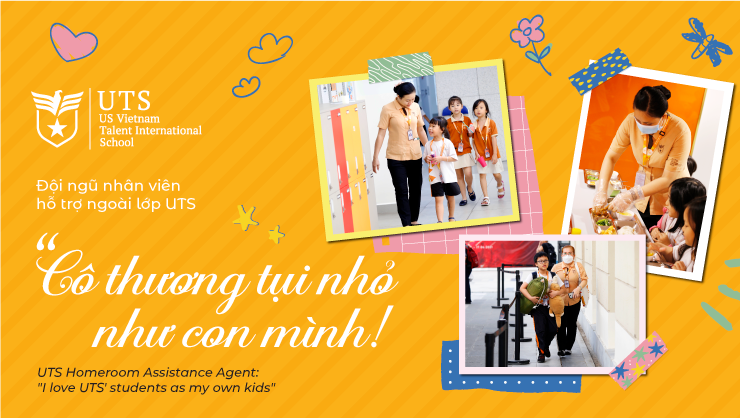
[Humans of UTS] – UTS Homeroom Assistance...
News
25/05/2021
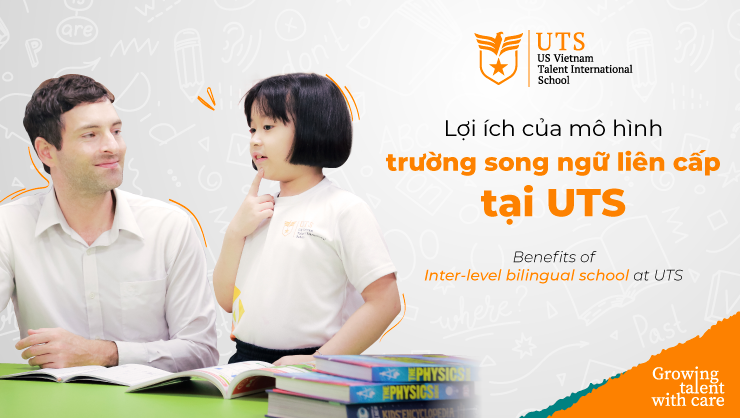
Benefits of inter-level bilingual school at UTS
News
18/04/2022
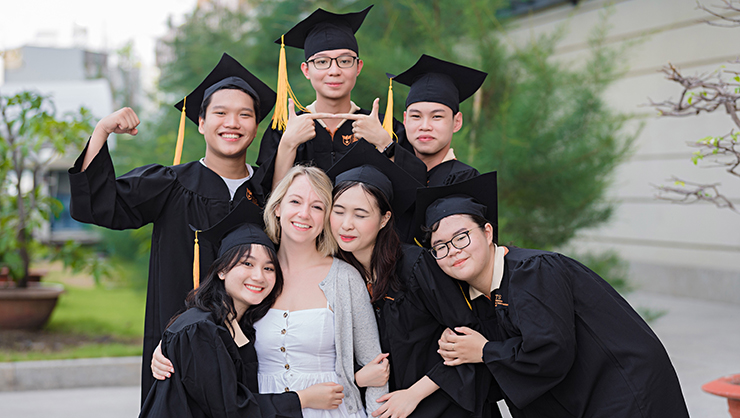
Saving sweet memories with UTS-ers
News
18/04/2022
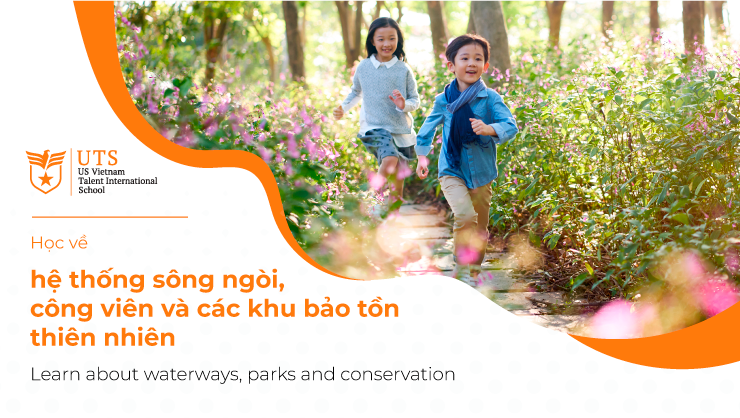
Accompanying children in the environmental protection journey
News
18/04/2022
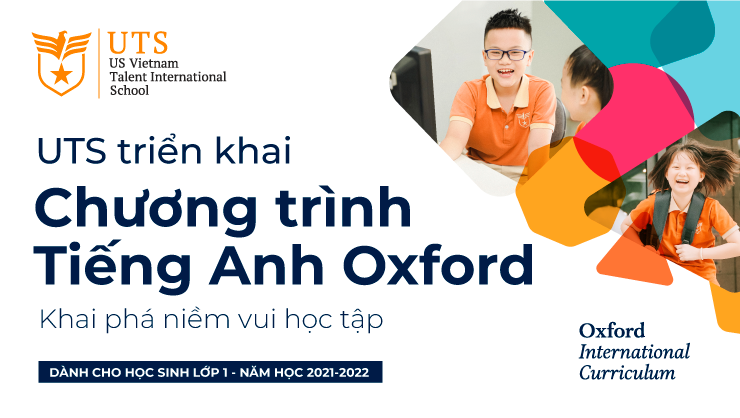
Oxford International Curriculum
News
18/04/2022

“I feel sastified when trusting UTS to...
News
18/04/2022
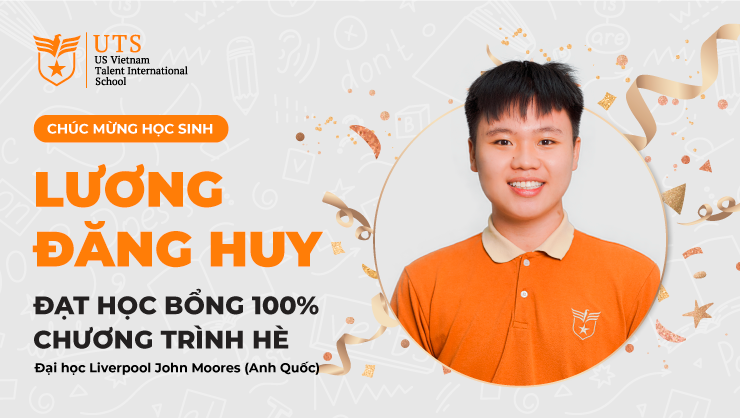
Congratulations Luong Dang Huy (Grade 11) on...
News
08/06/2021

Have parents talked to children about Gender...
Events
23/07/2021
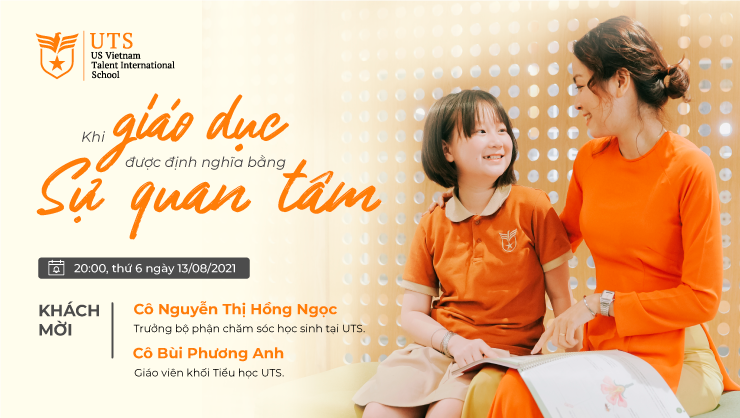
Online talkshow: When education is defined by...
Events
13/08/2021
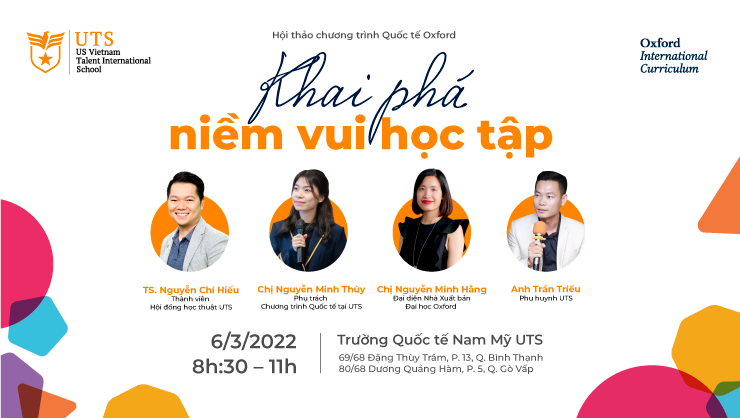
The Oxford International Curriculum: The joy of...
Events
06/03/2022
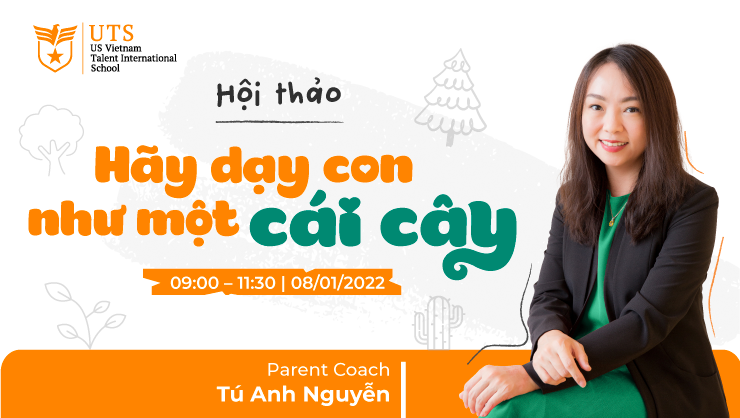
Talkshow: raising the child like a tree
Events
08/01/2022

DO PARENTS KNOW? DON’T TURN DISAGREEMENTS INTO...
News
25/02/2022
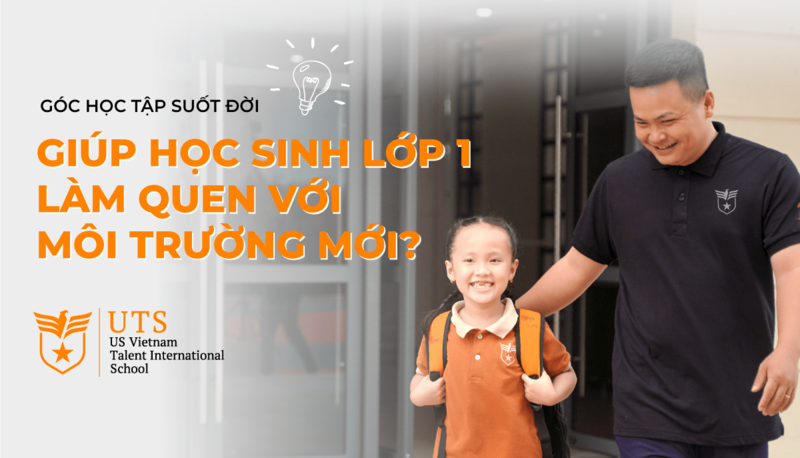
LIFELONG LEARNING HUB | HOW DO GRADE...
News
12/02/2022

DO PARENTS KNOW? | GUIDING YOUR CHILDREN...
News
10/02/2022
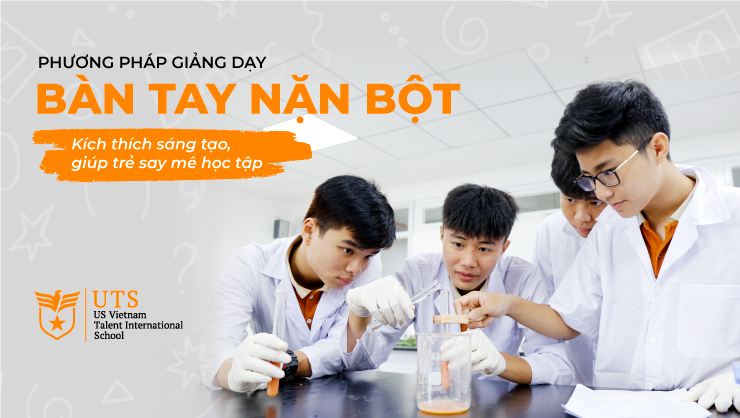
“HANDS-ON” METHODOLOGY- EXCITE CREATIVITY AND HELP CHILDREN...
News
17/01/2022

SPACED REPETITION METHOD – BEST “TIPS” FOR...
News
07/01/2022
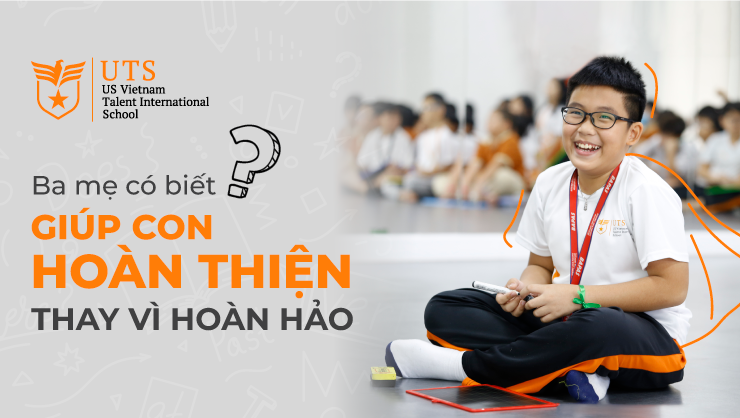
DO PARENTS KNOW? | HELP CHILDREN PLAN...
News
03/12/2021
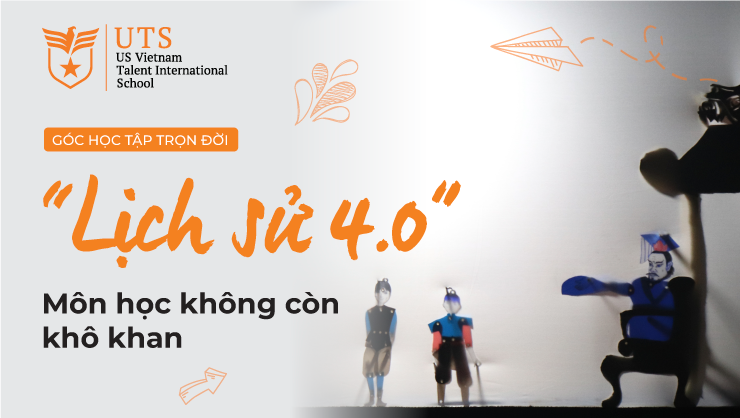
HISTORY 4.0 – THE SEEMINGLY BORING SUBJECT...
News
30/11/2021
